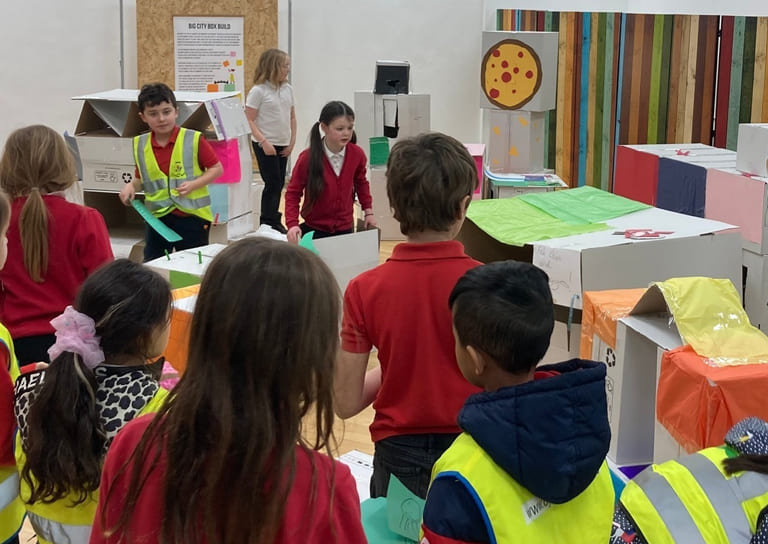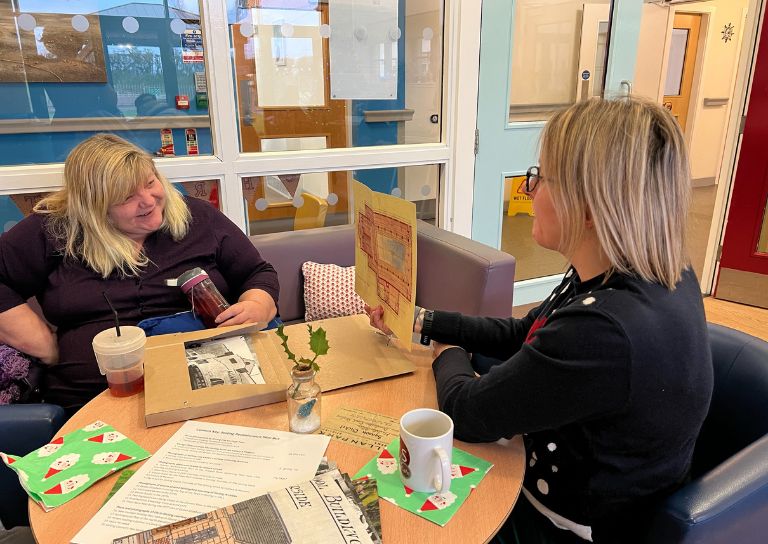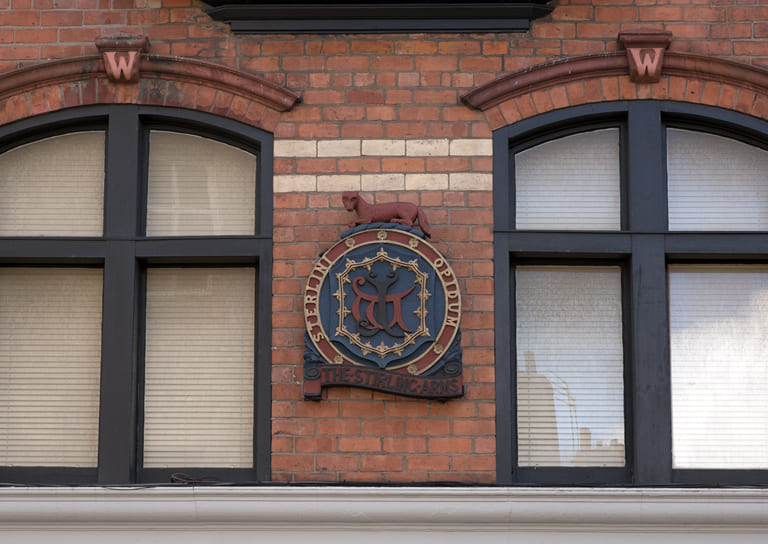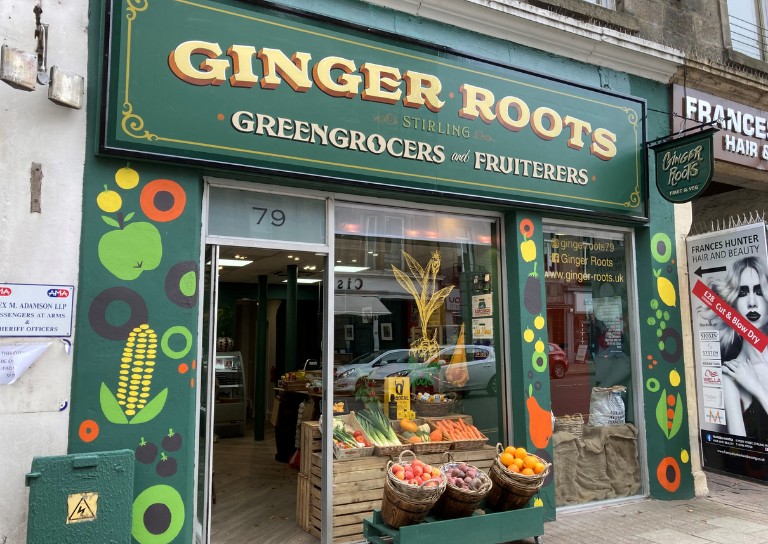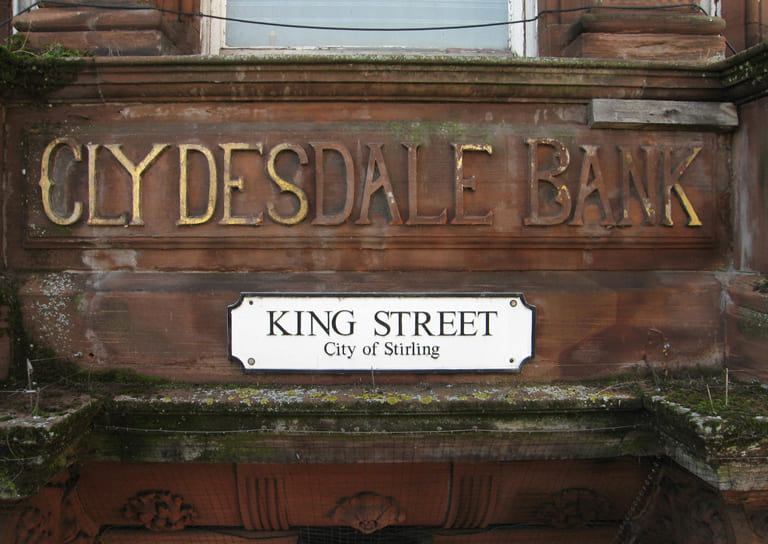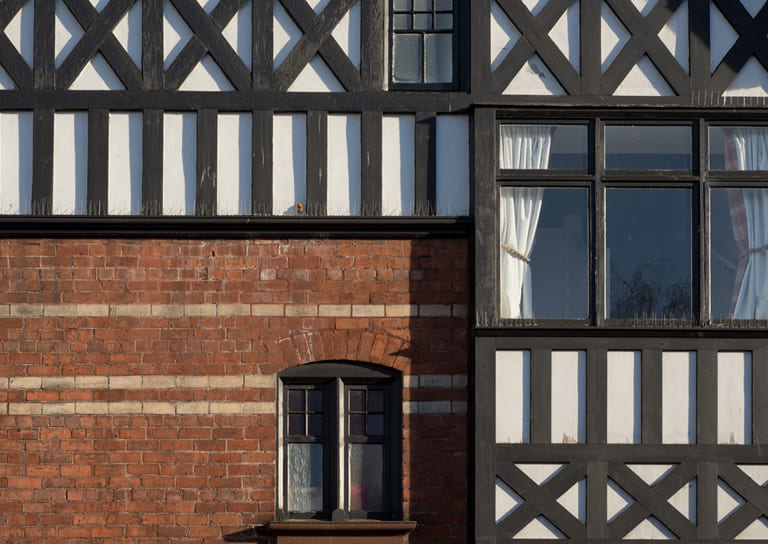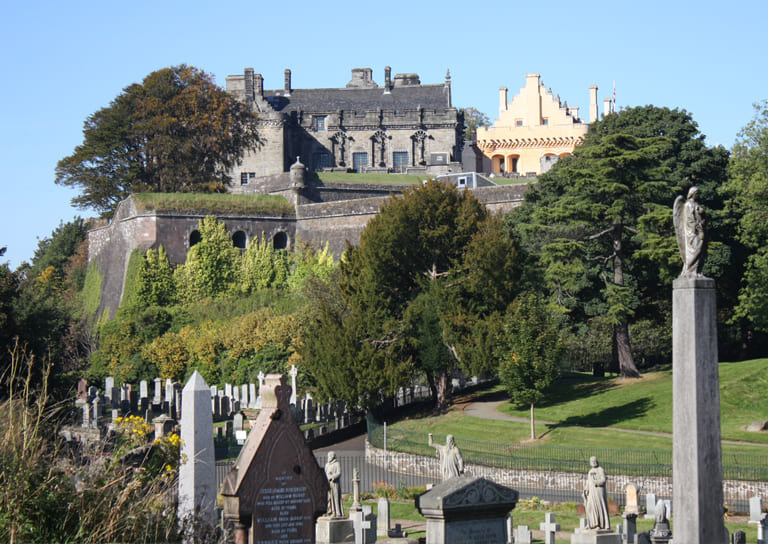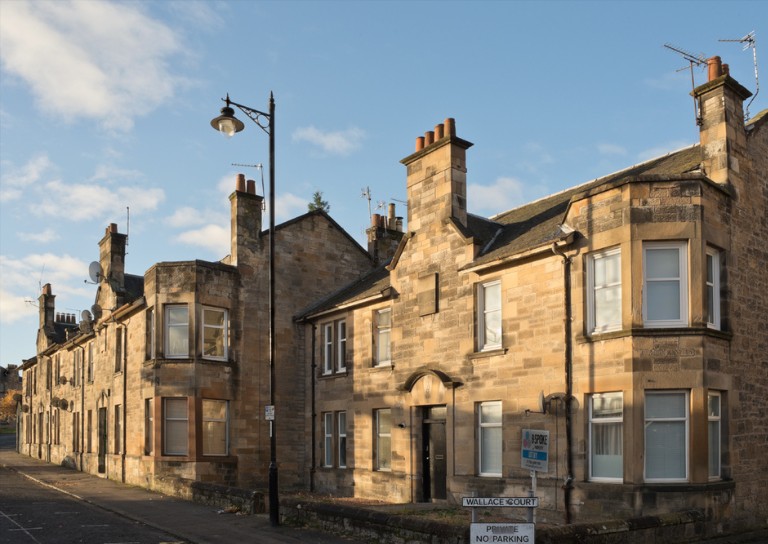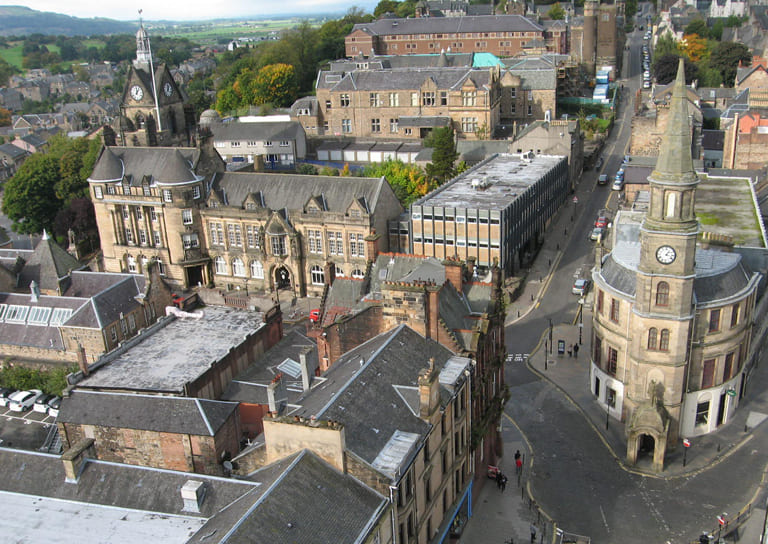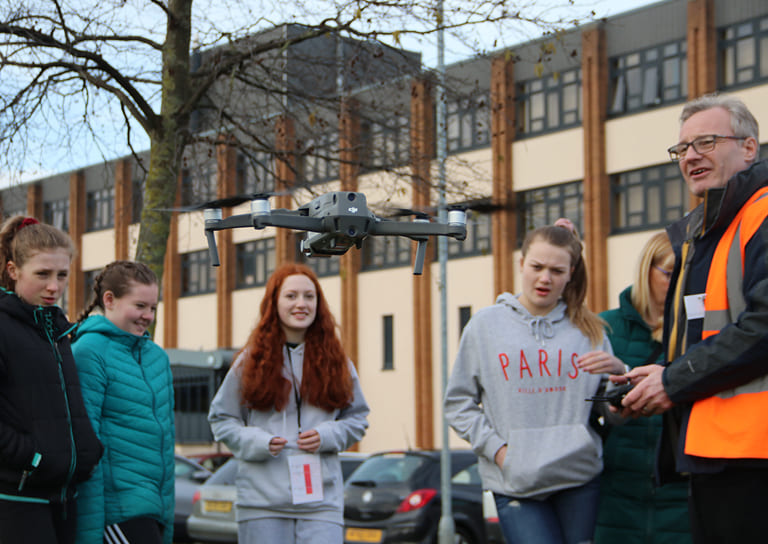- Home
- Our Work
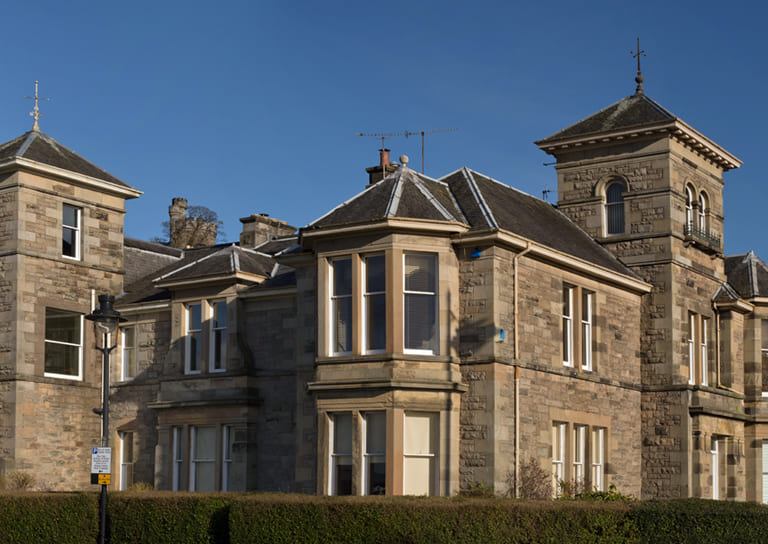
- Stirling's Story
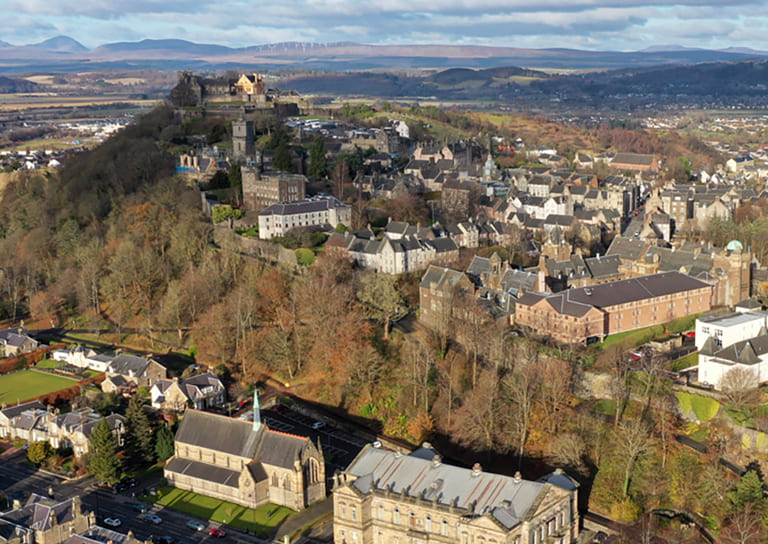
- Blog
- Women in Construction at Bannockburn House
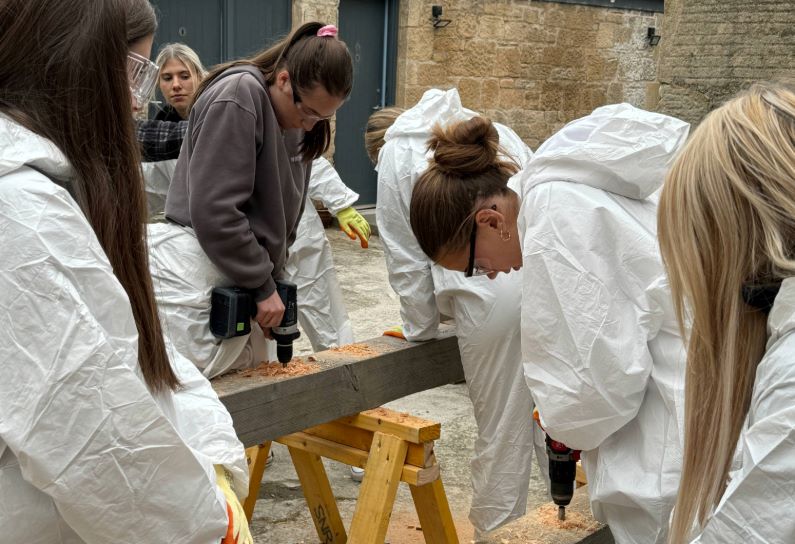
- Avenues to the Past: Stirling’s Historic Streets Exhibition
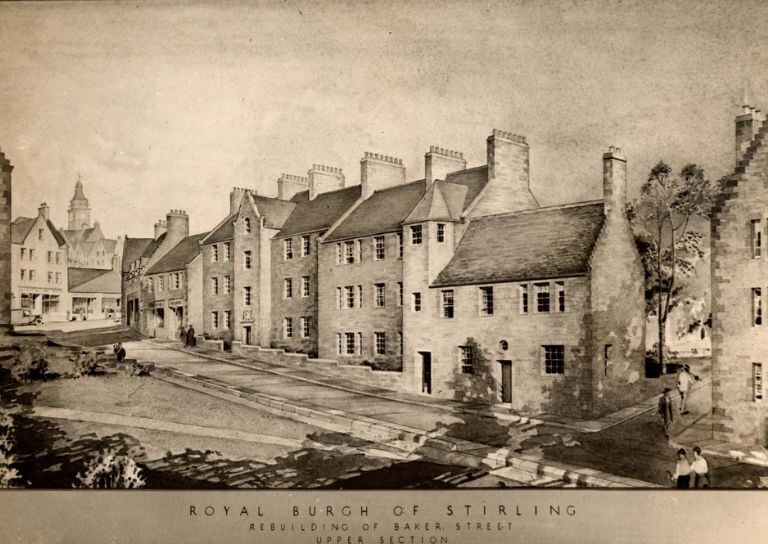
- Stirling Business Awards 2025

- What is a Conservation Area
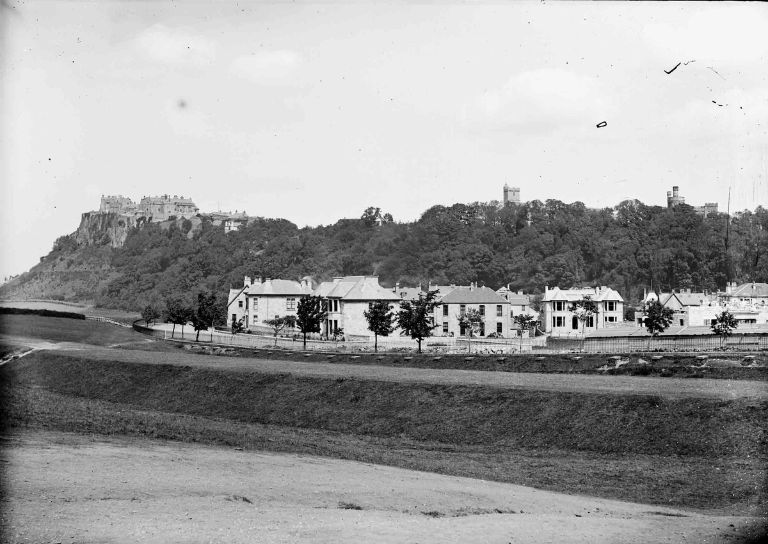
- 20 Great Buildings of Stirling
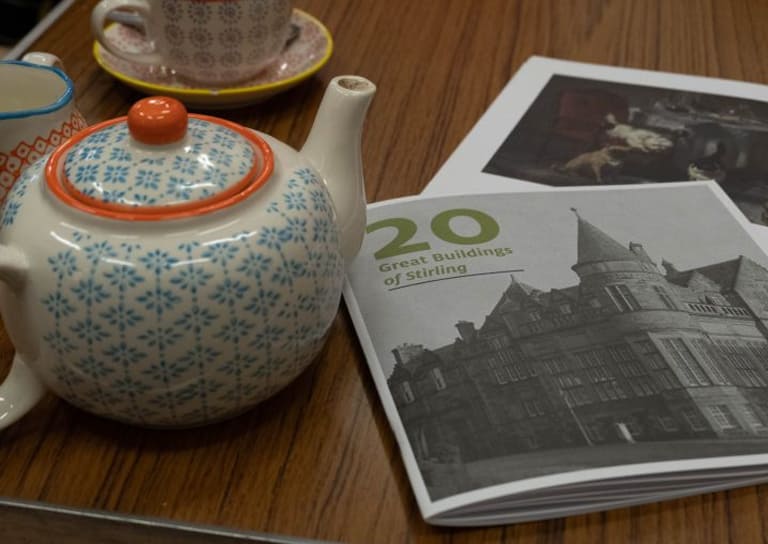
- Reminiscence Art Project
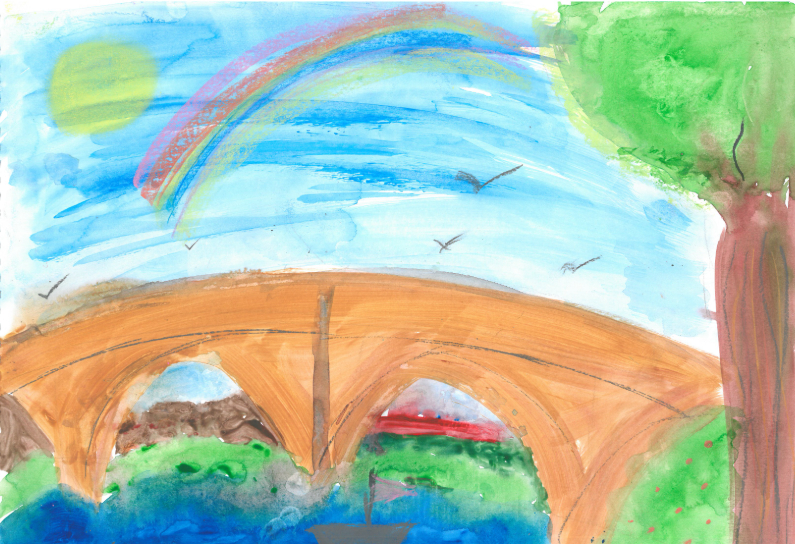
- On the European Stage: Preserving by Maintaining conference, Bratislava
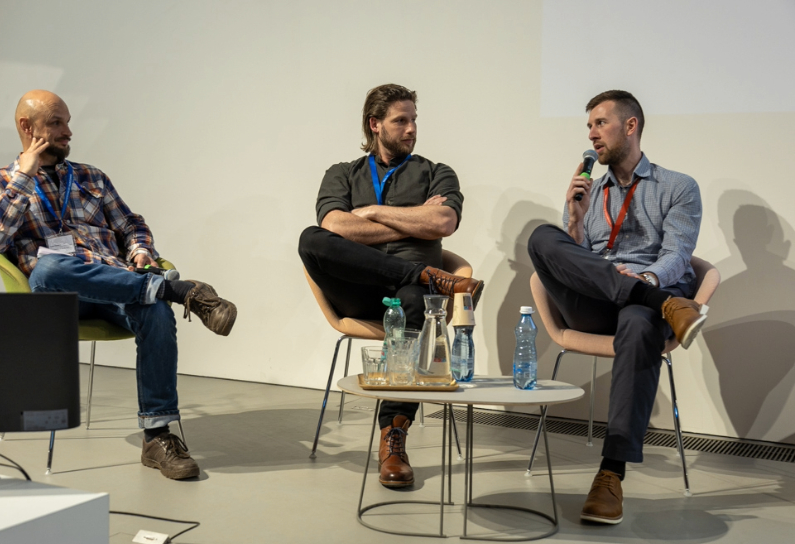
- The Abolition Movement in Stirling
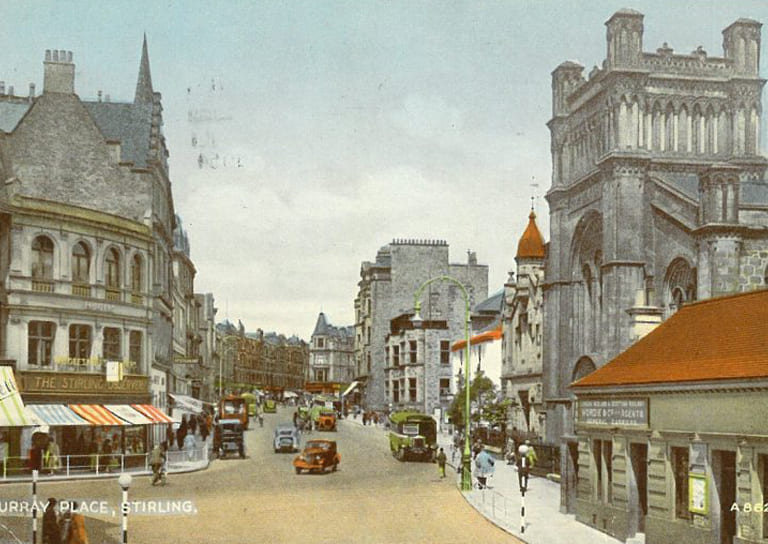
- Practical Workshop on Retrofitting Insulation with A. Proctor Group
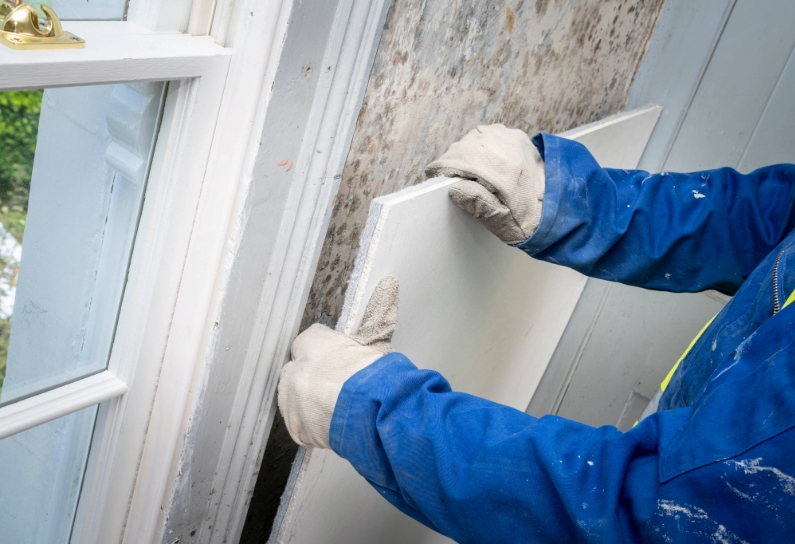
- Walker Family Visit
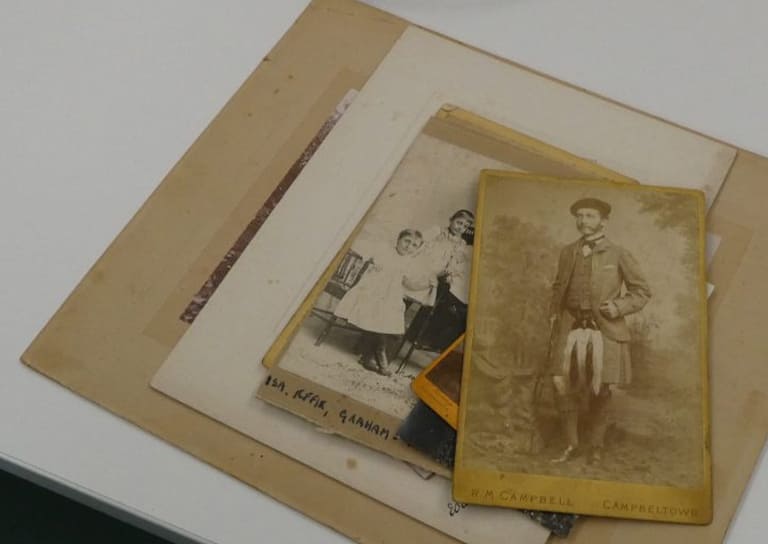
- Ghost Tales from Stirling
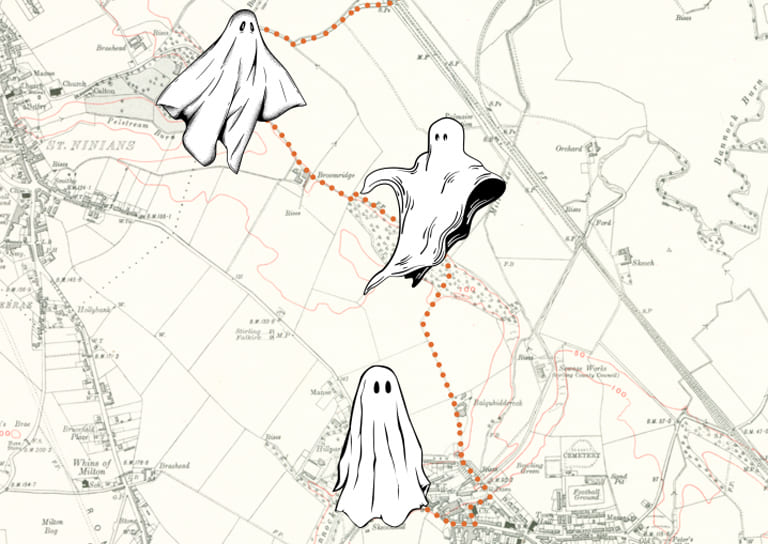
- Snowdon House and The West Indies
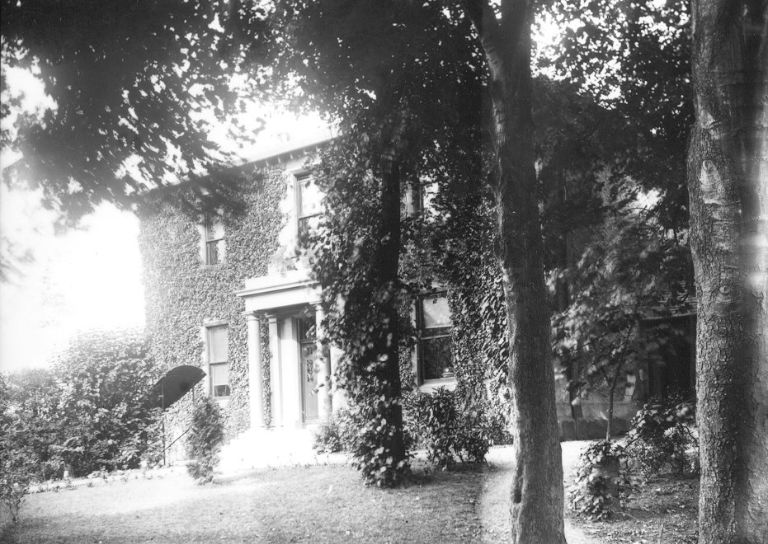
- Stirling’s Streetscape Stories: Photography Workshop
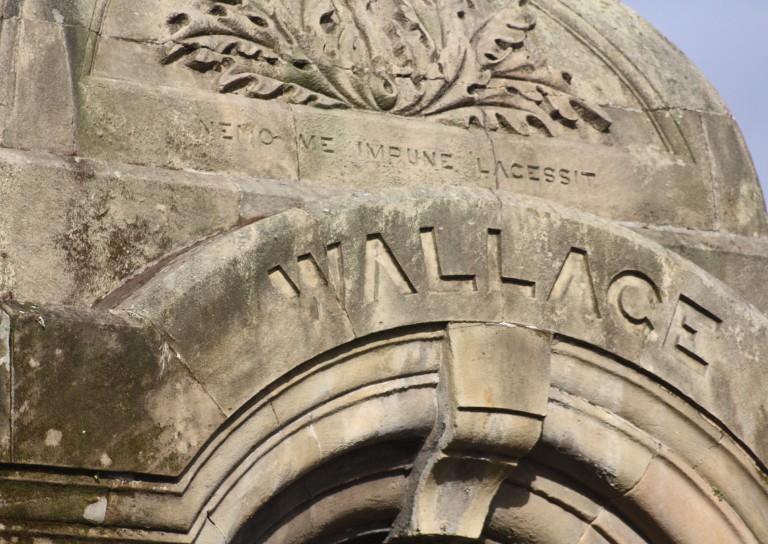
- Stirlingshire’s Highland Games
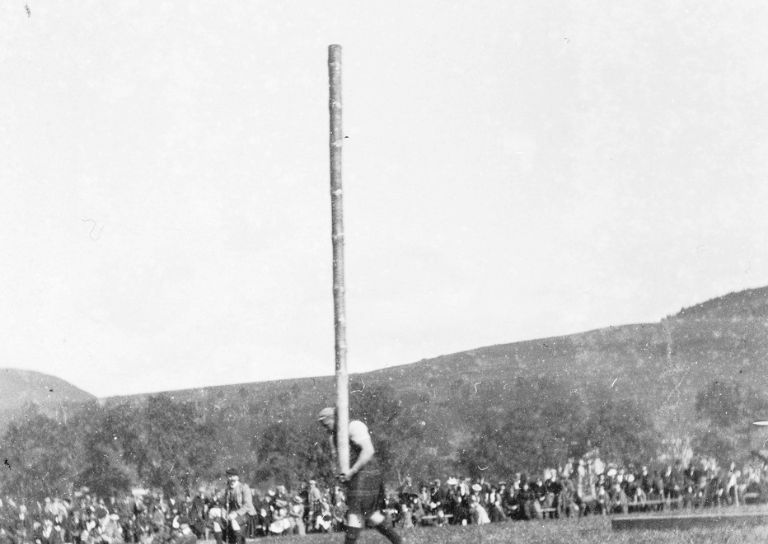
- Creative careers in the heritage sector
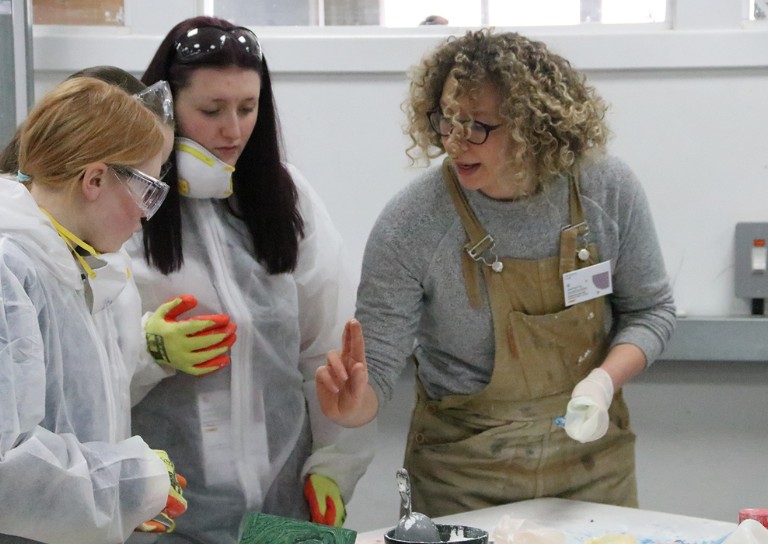
- Postcards From Stirling
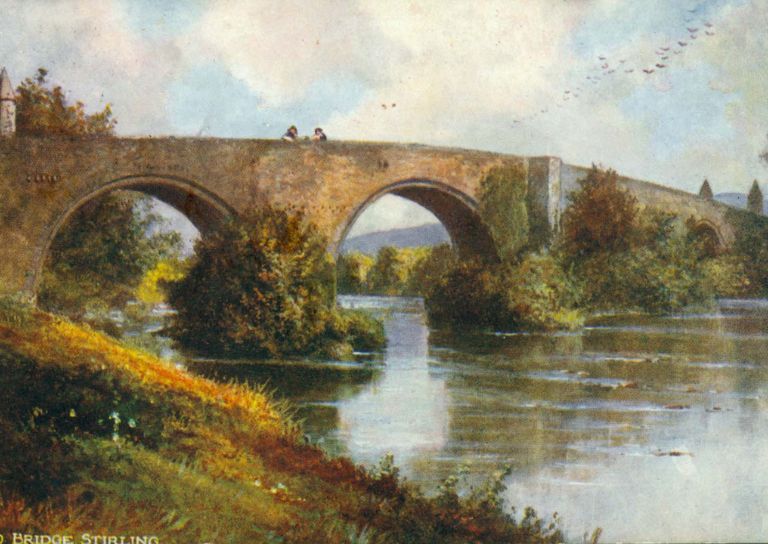
- Stirling’s Gala Days
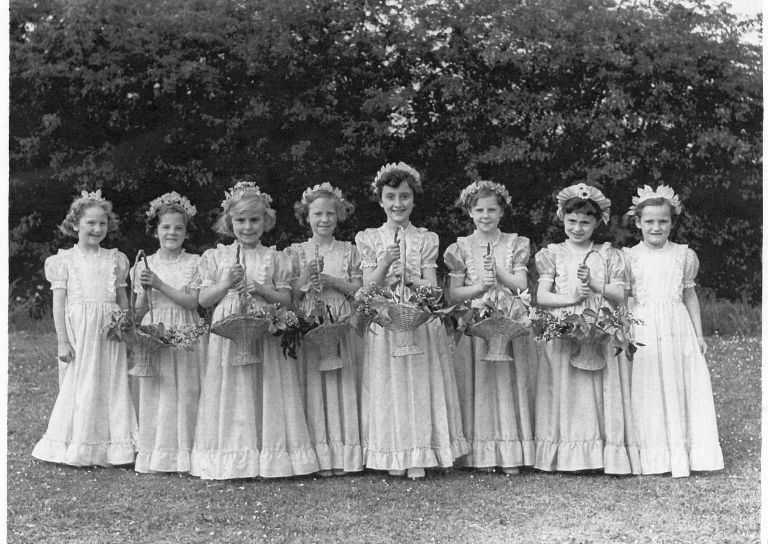
- Building Surveying Student Intern at Stirling City Heritage Trust
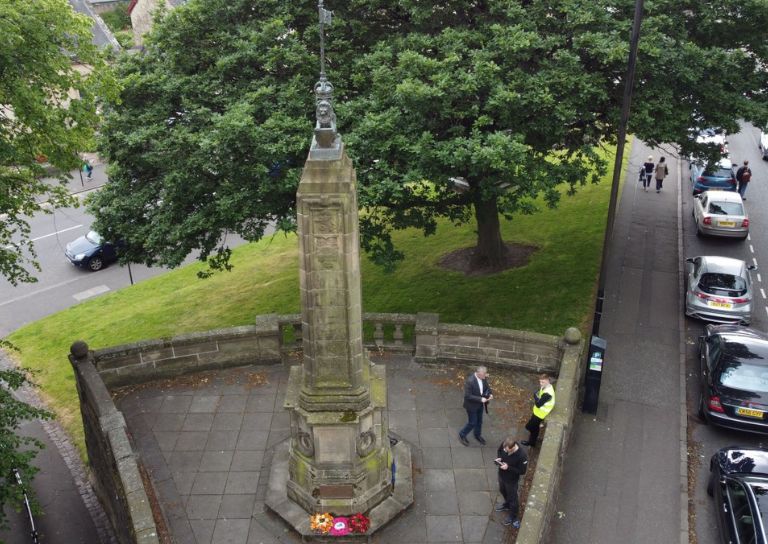
- Heritage Trail: Stirling Walks
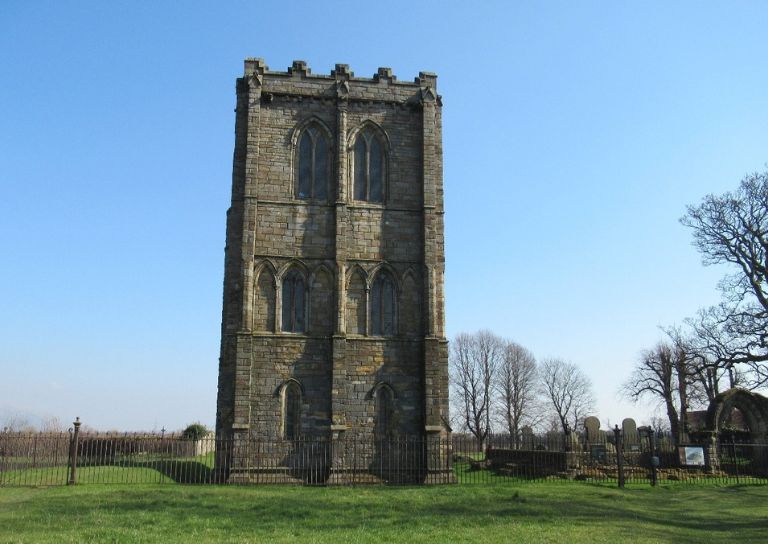
- Local History Resources
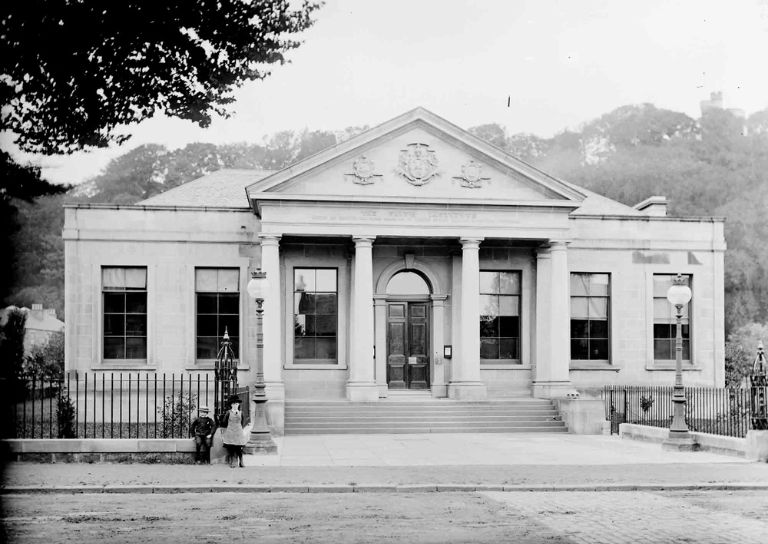
- Stirling Through the Decades
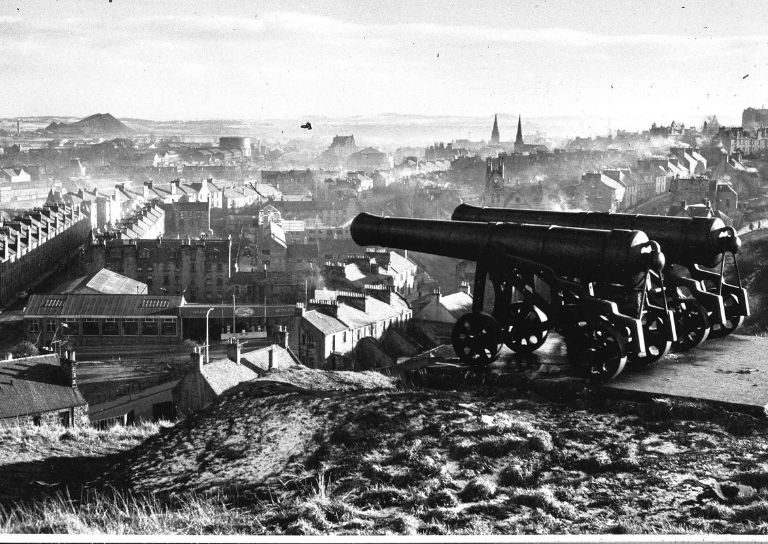
- Stirling’s STEM Pioneers
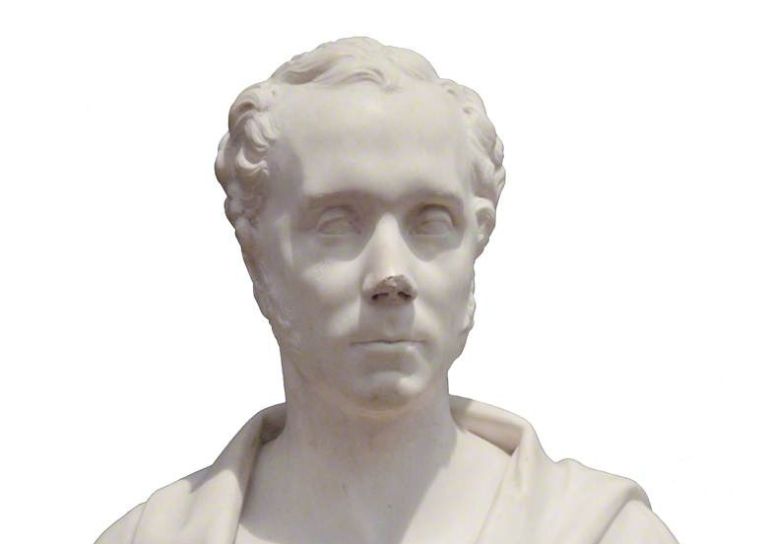
- Traditional Skills: Signwriting
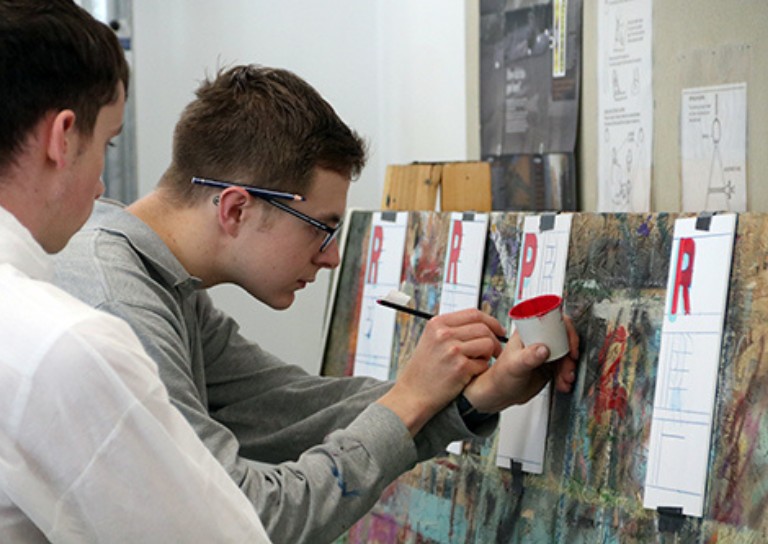
- Christian MacLagan, a pioneering lady, but born too soon?
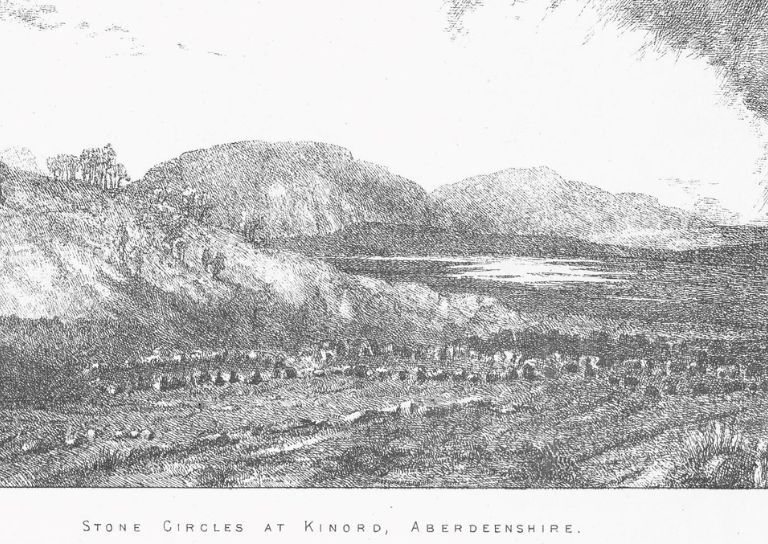
- Traditional Shopfronts in Stirling
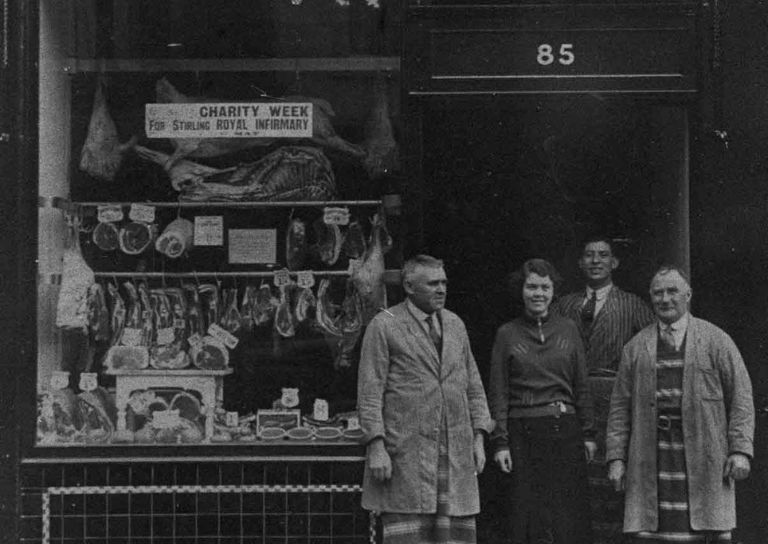
- Stirling History Books for World Book Day
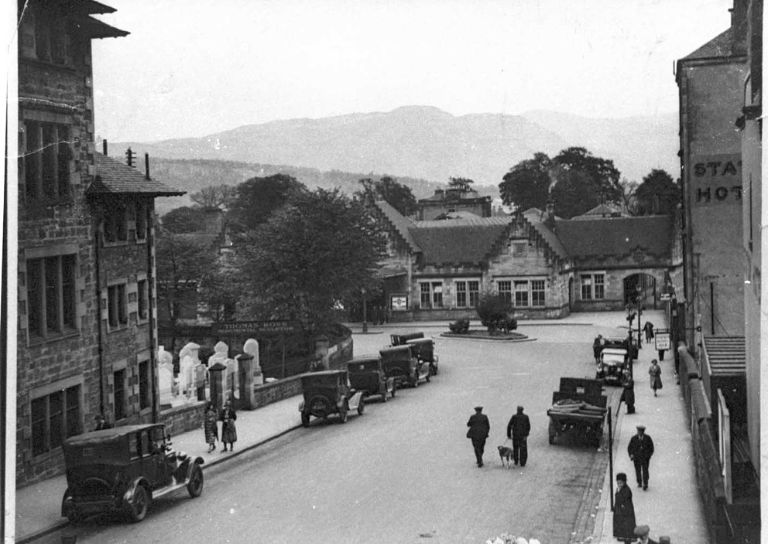
- My Favourite John Allan Building by Joe Hall
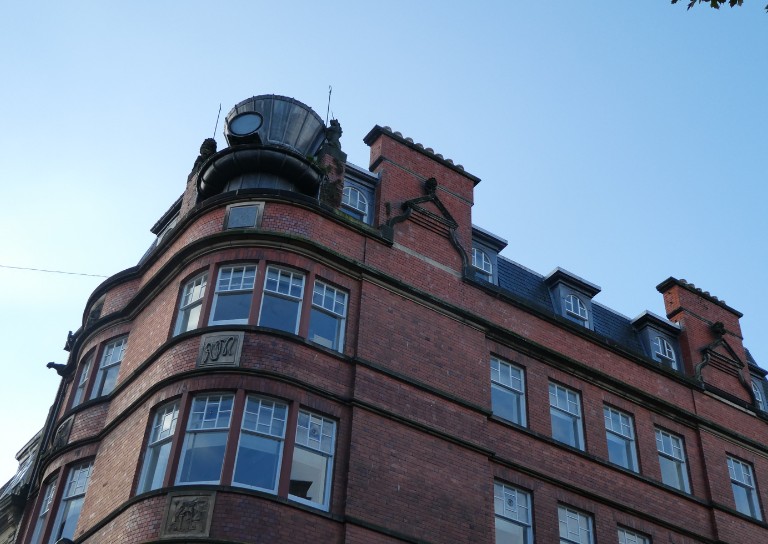
- My Favourite John Allan Building by Lindsay Lennie
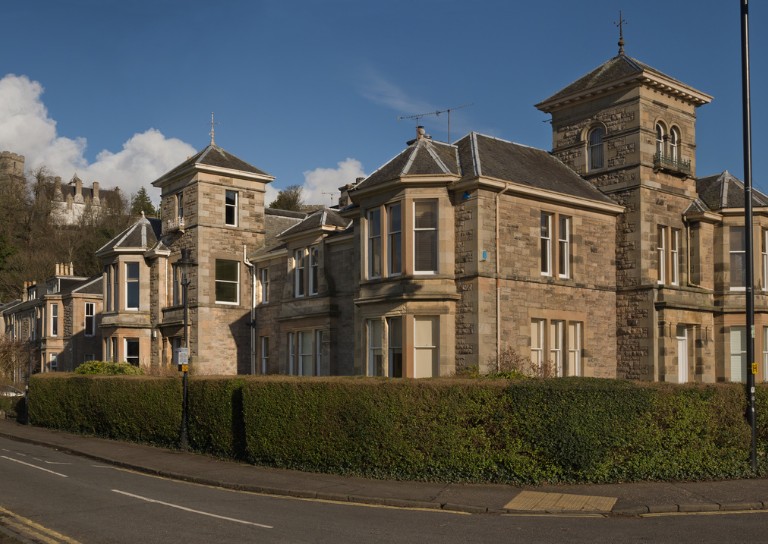
- My Favourite John Allan Building by Andy McEwan
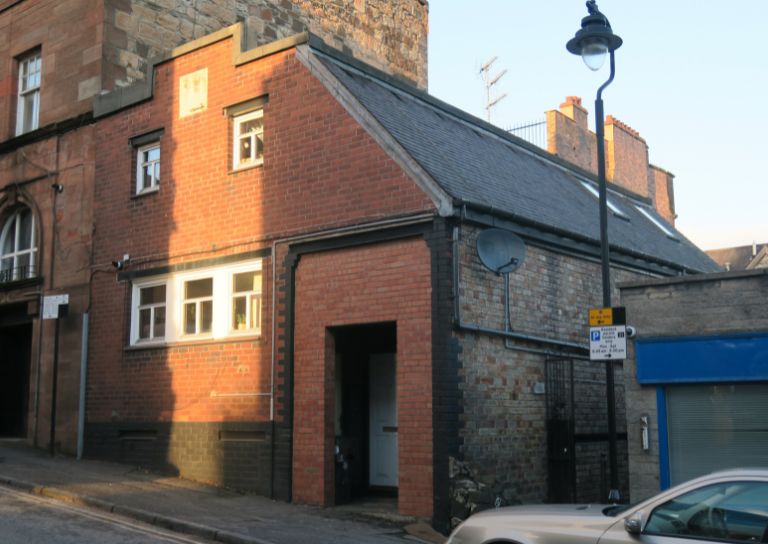
- My Favourite John Allan Building by Pam McNicol
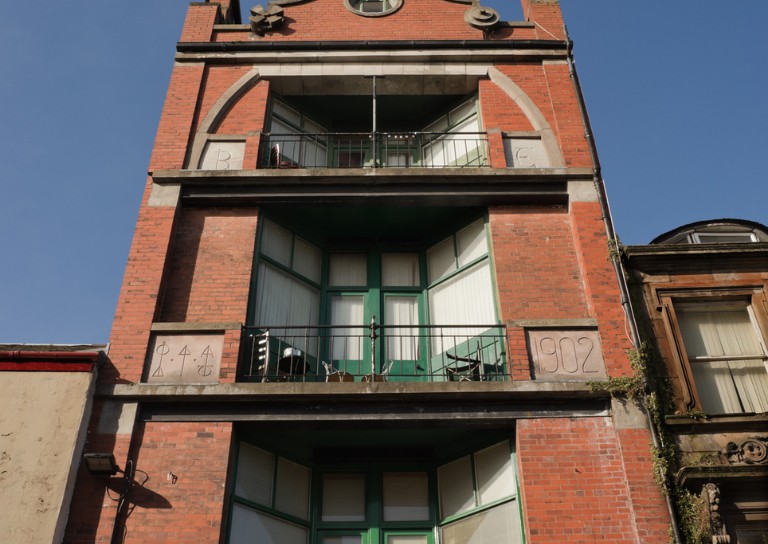
- Celebrating John Allan: A Man of Original Ideas
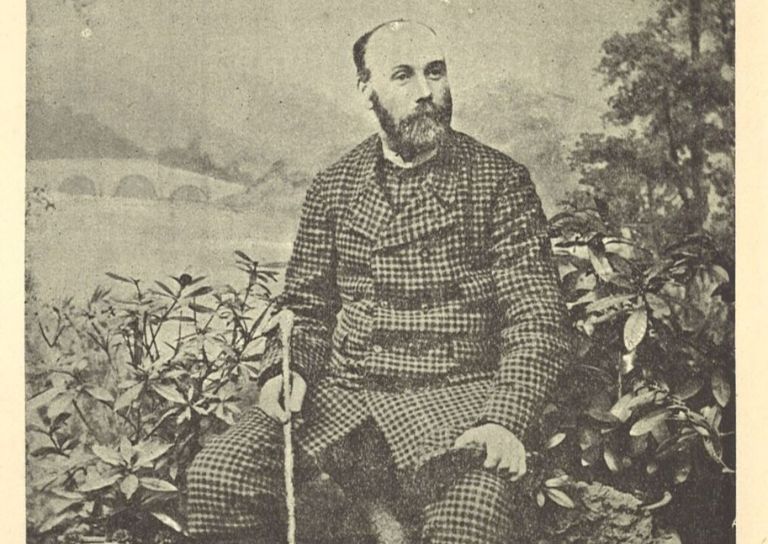
- The Tale of the Stirling Wolf
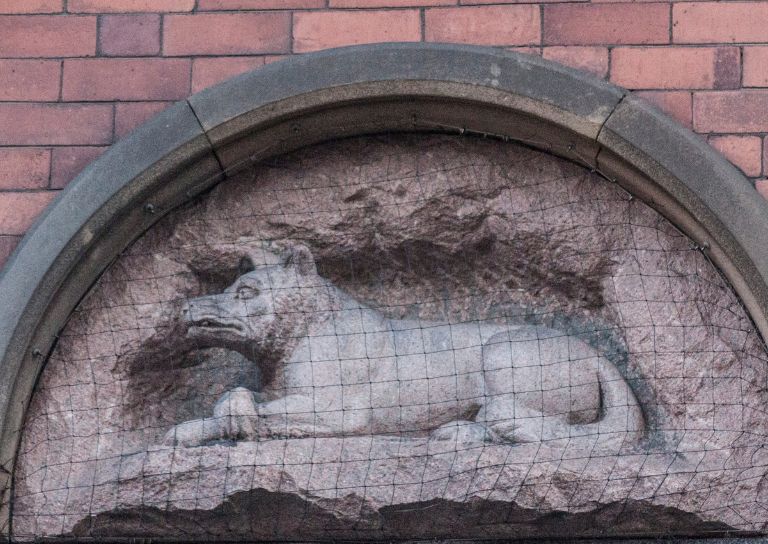
- Stirling: city of culture
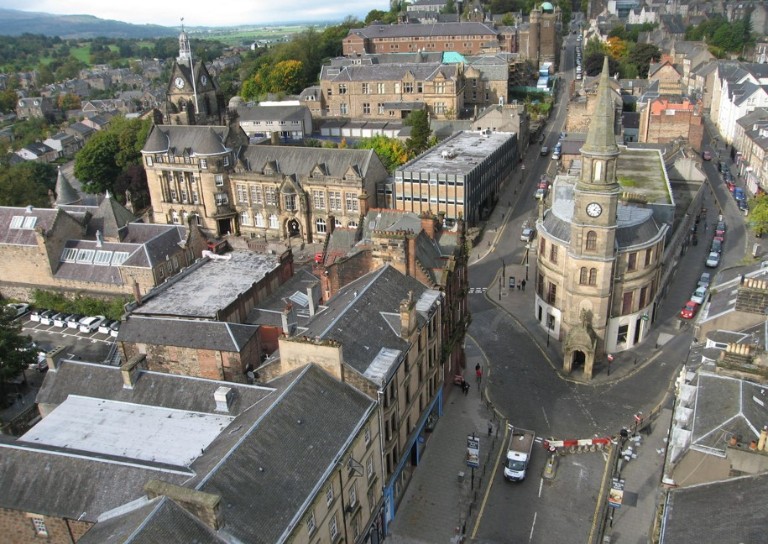
- Christmases Past in Stirling
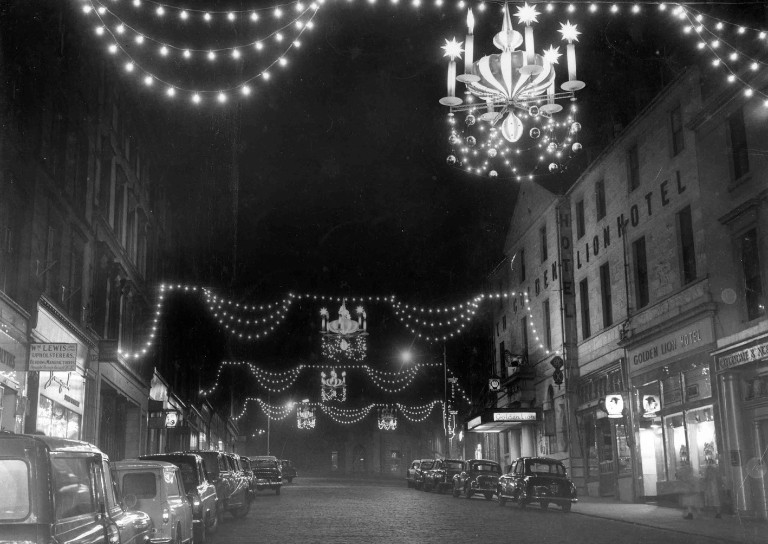
- Stirling’s Historic Graveyards
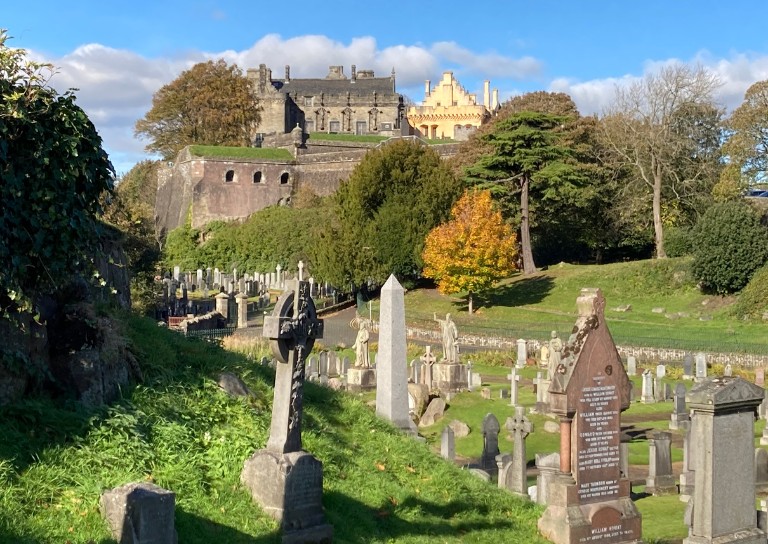
- Top 10 Tips for Architectural Photography
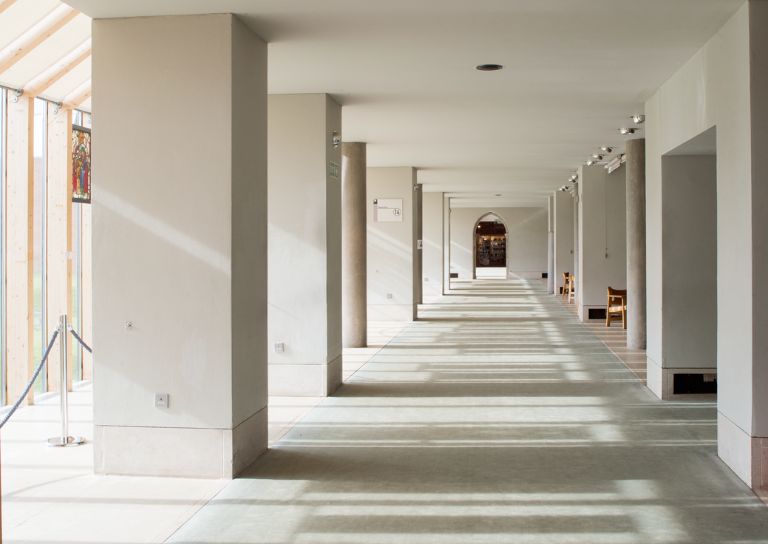
- An Interview with David Galletly
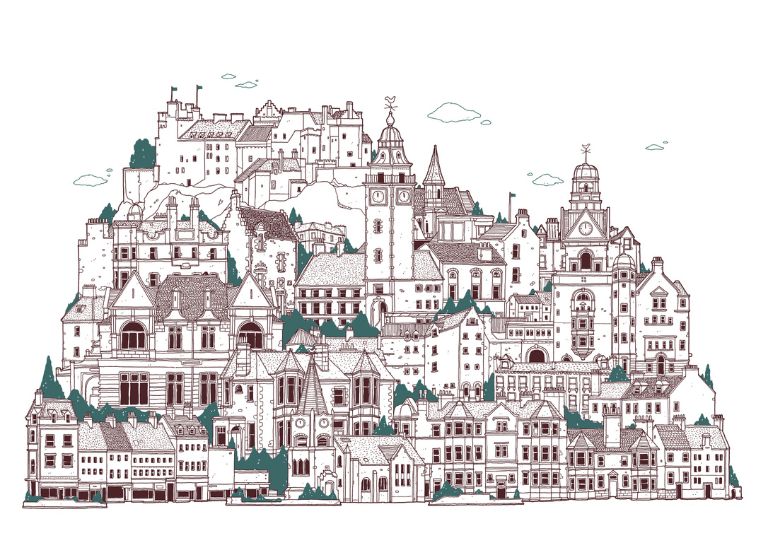
- Springtime in Stirling
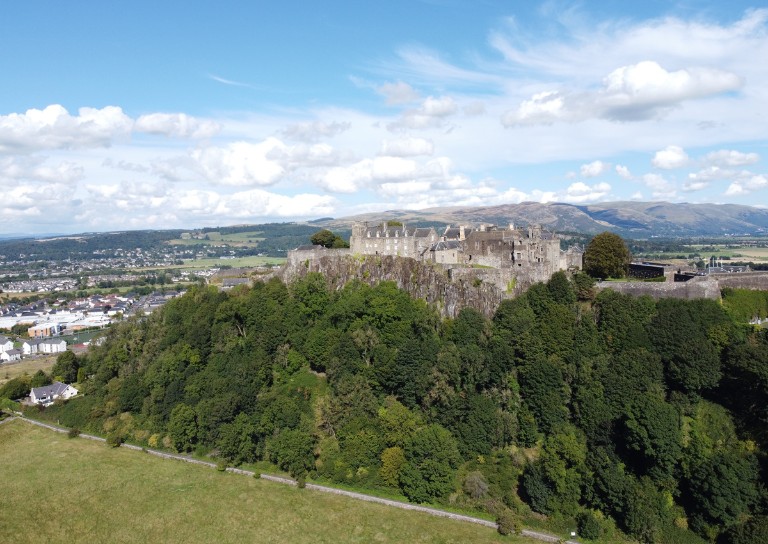
- The Kings Knot – a history
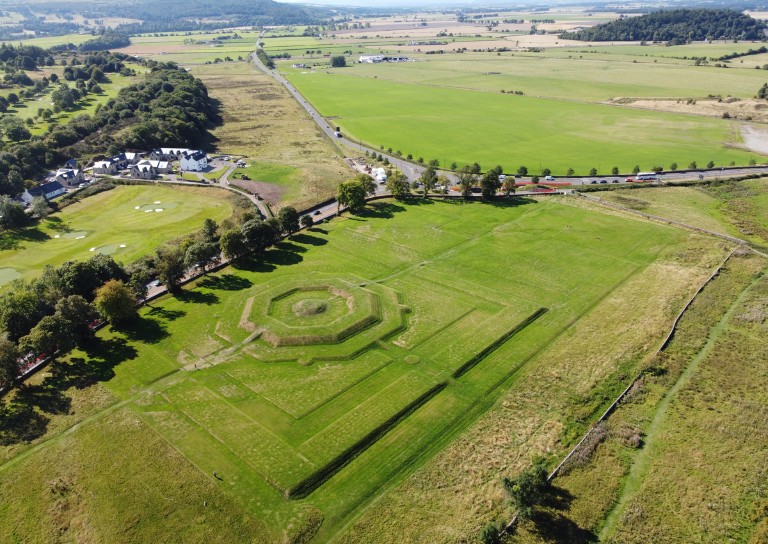
- A Future in Traditional Skills

- Robert Burns’ First Trip to Stirling

- Stirling’s Witches
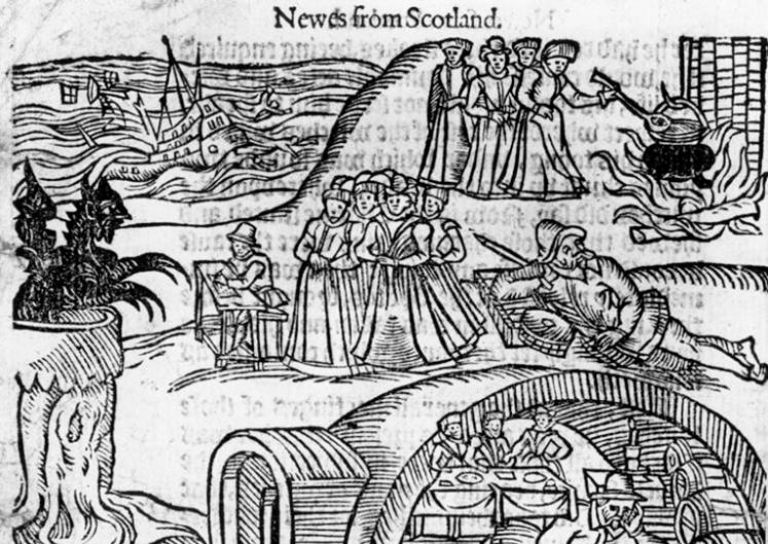
- Stirling’s Ancient Wells
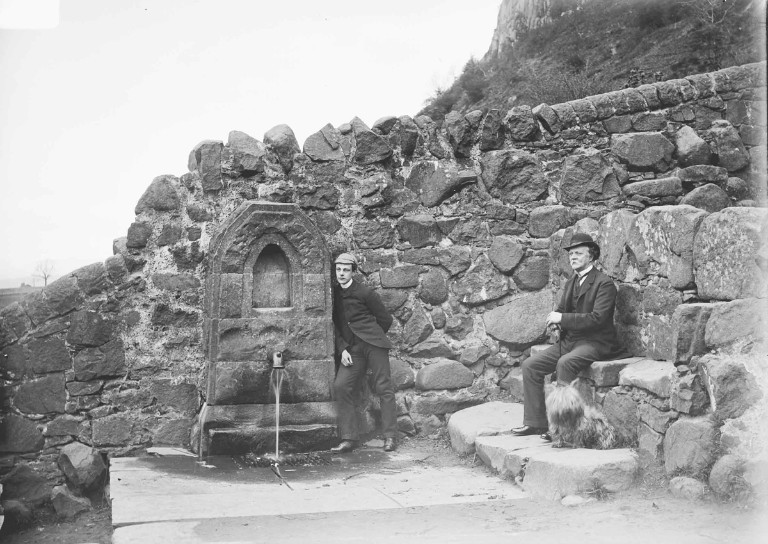
- An architecture student’s take on the City Of Stirling
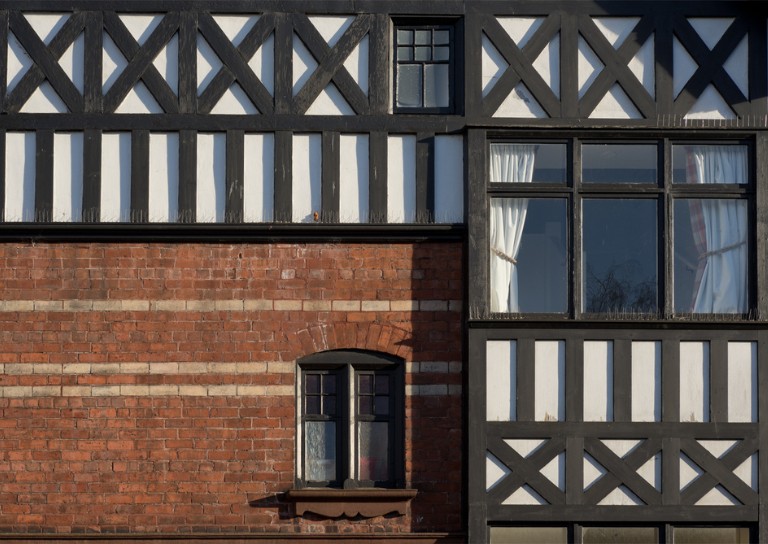
- Ronald Walker: Stirling’s Architect
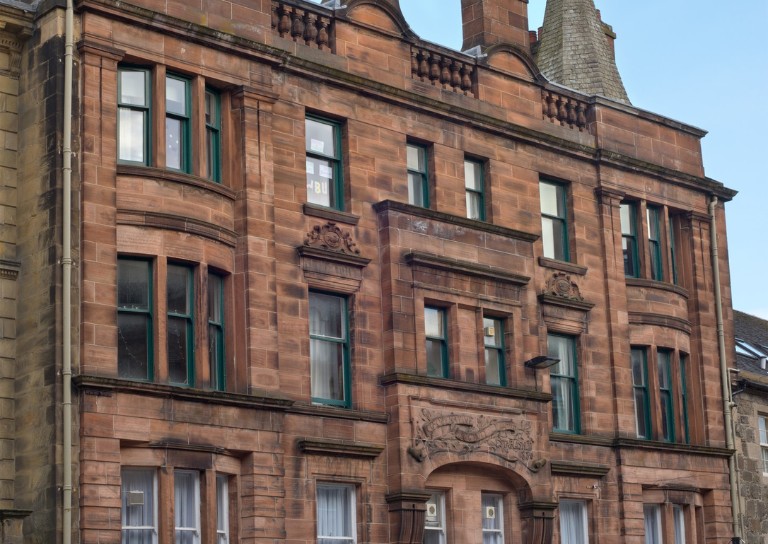
- Stirling’s Statues
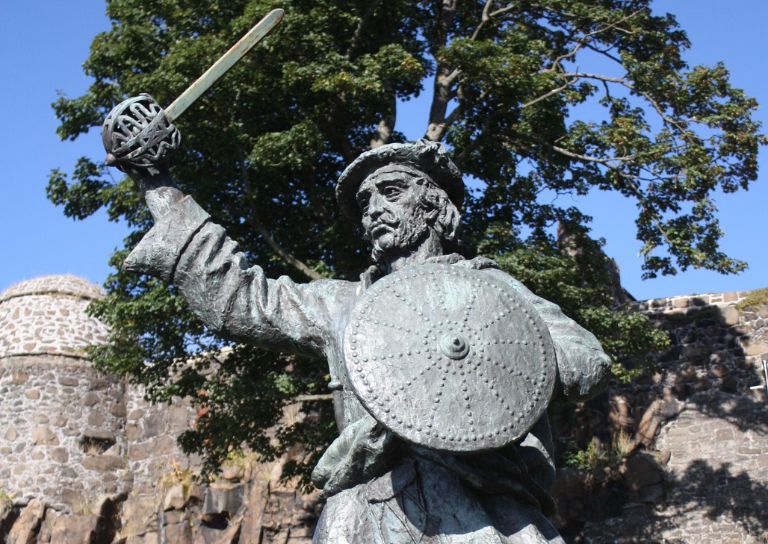
- Stirling’s Wee Bungalow Shops
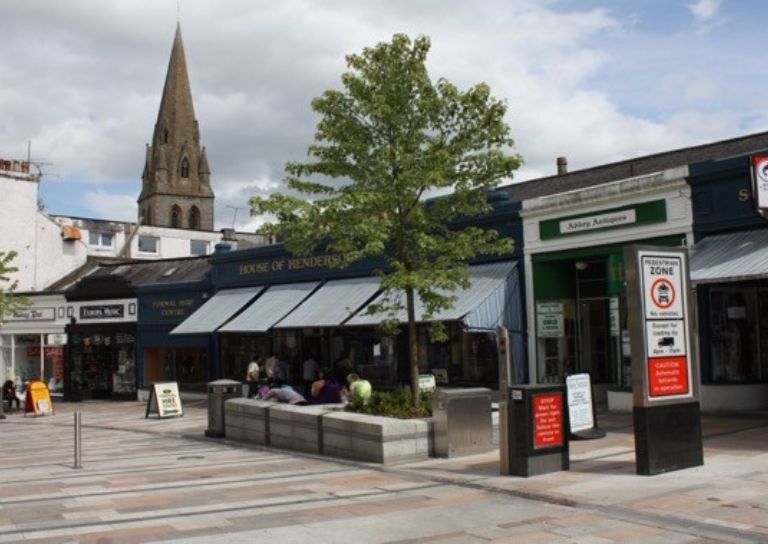
- Stirling’s Historic Hospitals
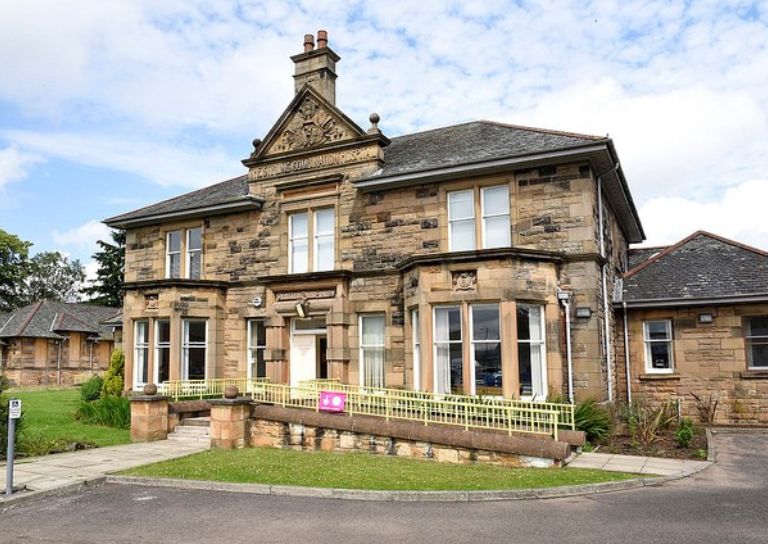
- Women in Digital Innovation and Construction
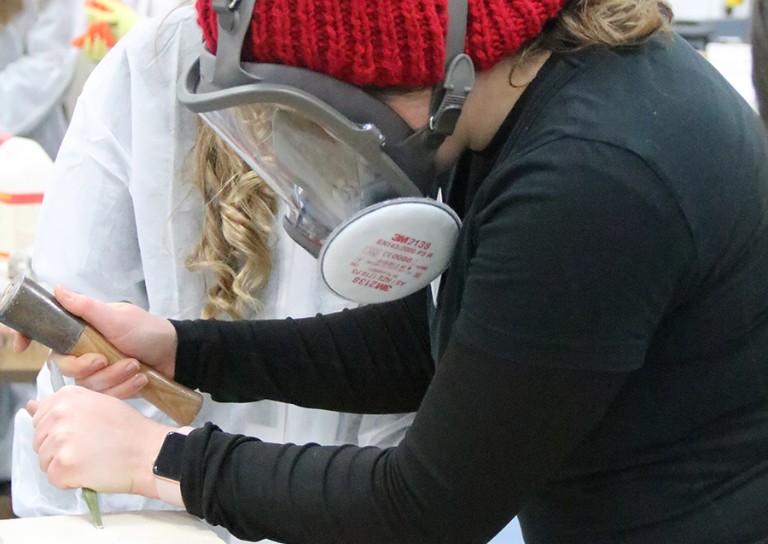
- Heritage at home: 8 of the best online heritage resources
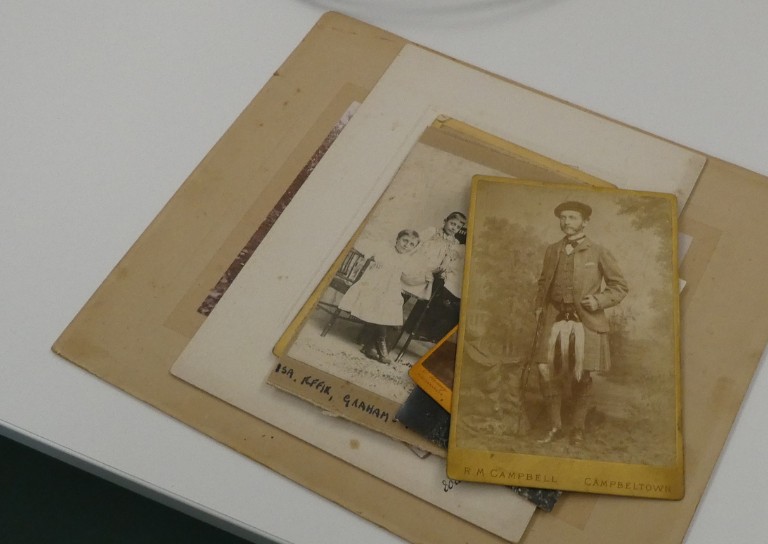
- Stirling featured at virtual heritage conference
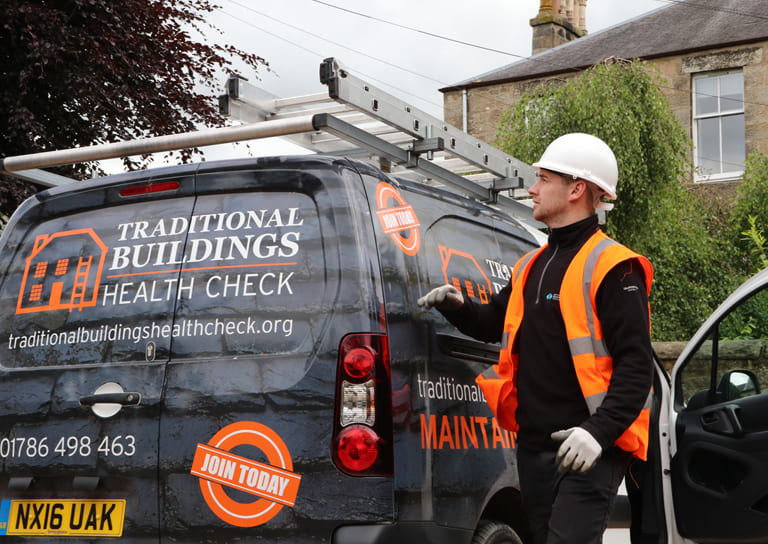
- Five of Stirling’s greatest John Allan buildings
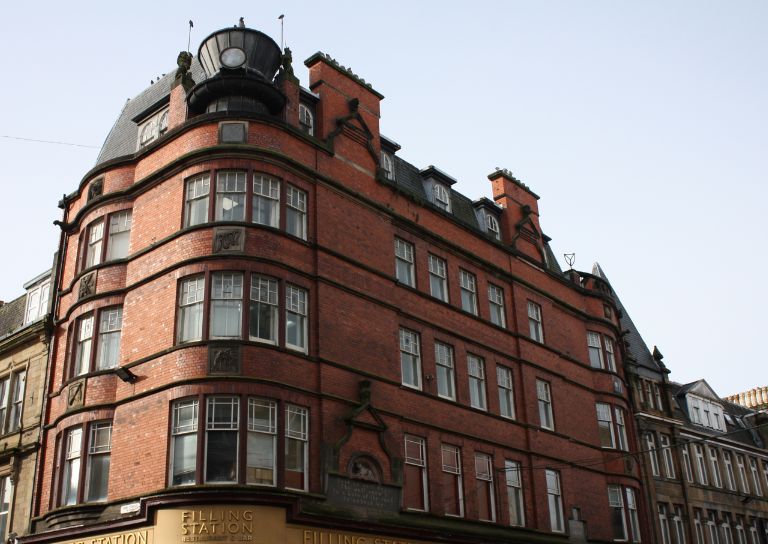
- Women in Construction – Stirling event report

- Scotland’s trailblazing women architects
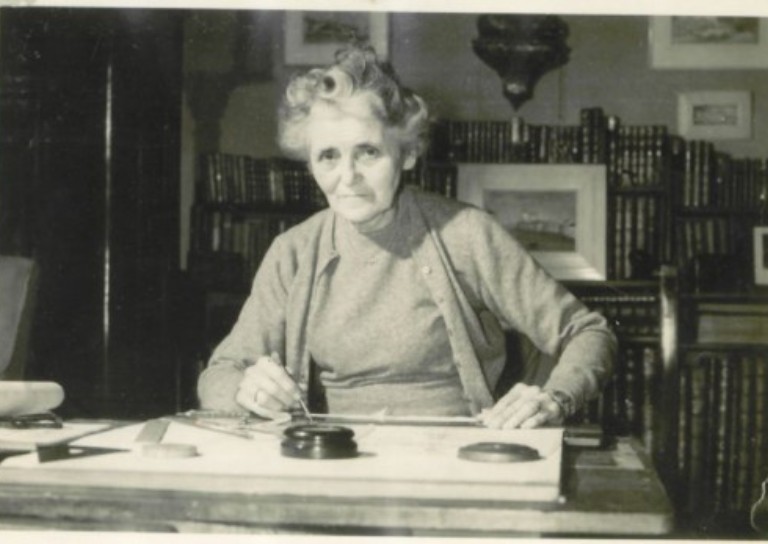
- Stirling’s Heritage: Spotlight on The Granary
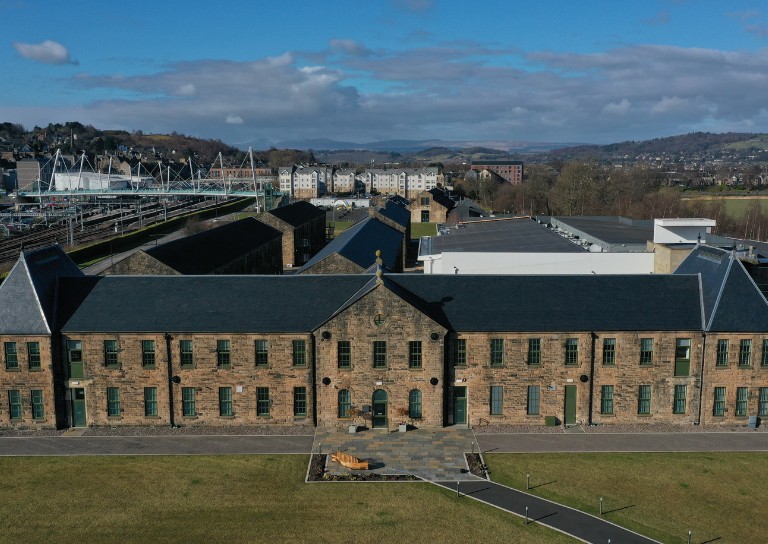
- TBHC Scheme now open to properties in Dunblane and Blairlogie
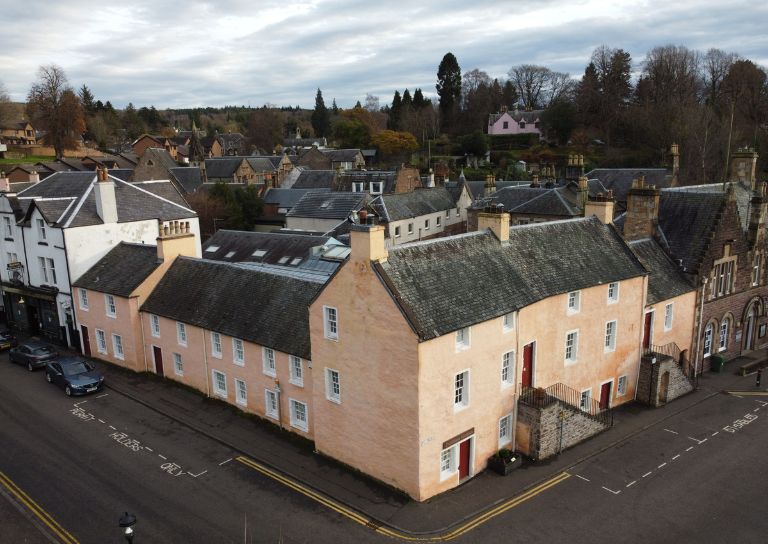
- How drones help us inspect traditional buildings
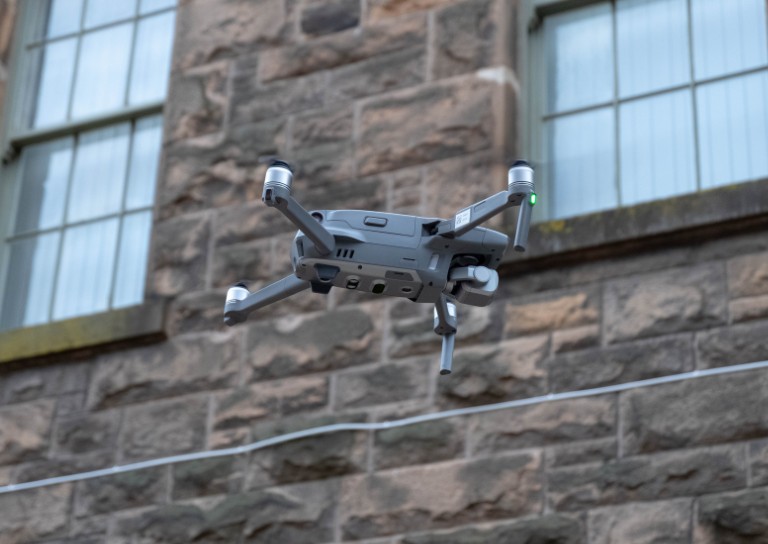
- Hazardous Masonry & Masonry Falls
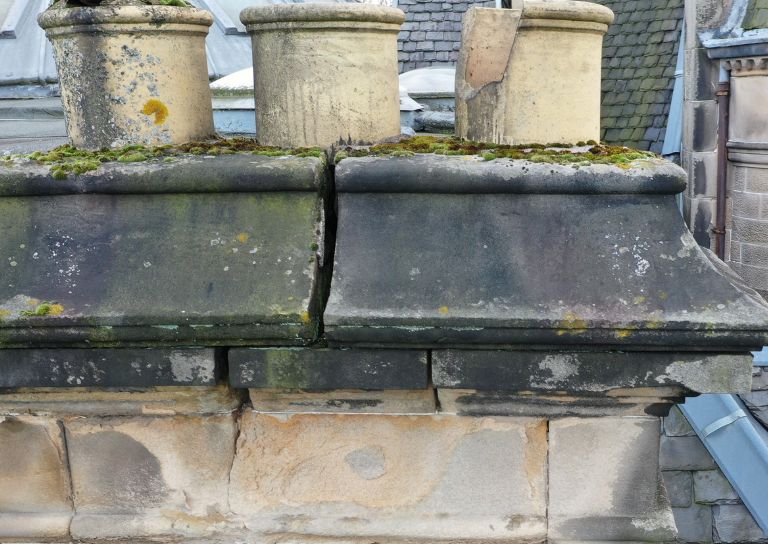
- Mason Bees: What’s the Buzz?
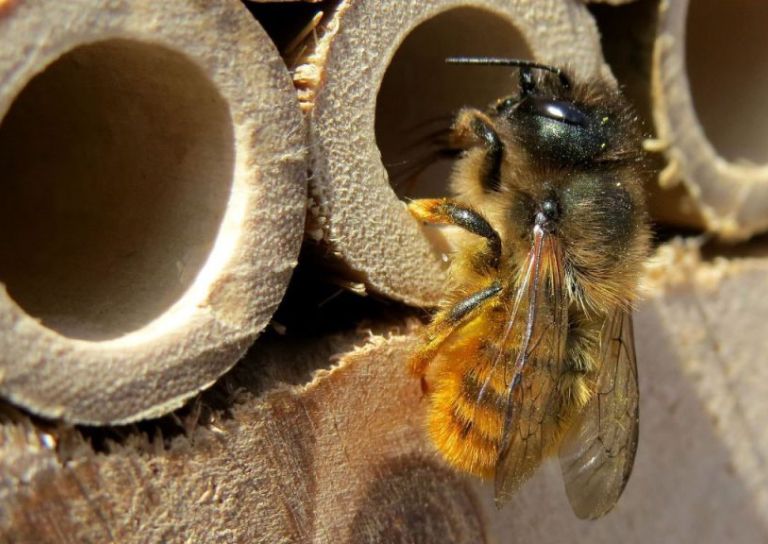
- Stirling Traditional Skills Demonstration Day Success!
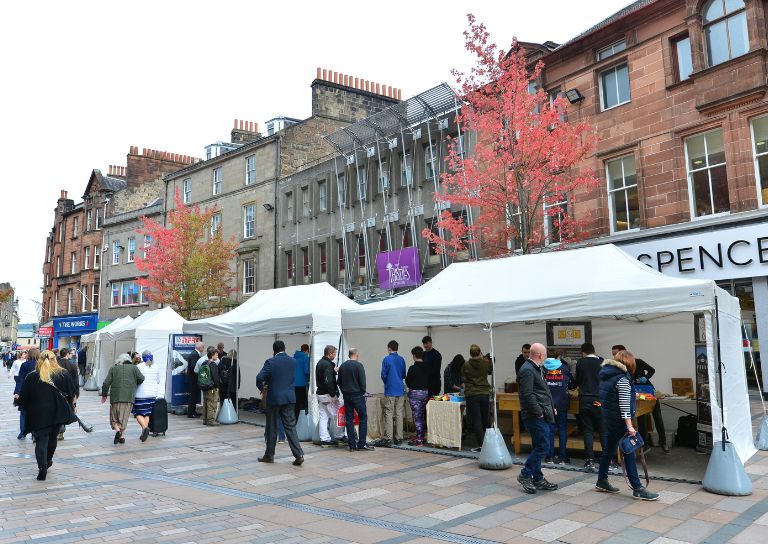
- Floating Head Sculpture at Garden Glasgow Festival 1988
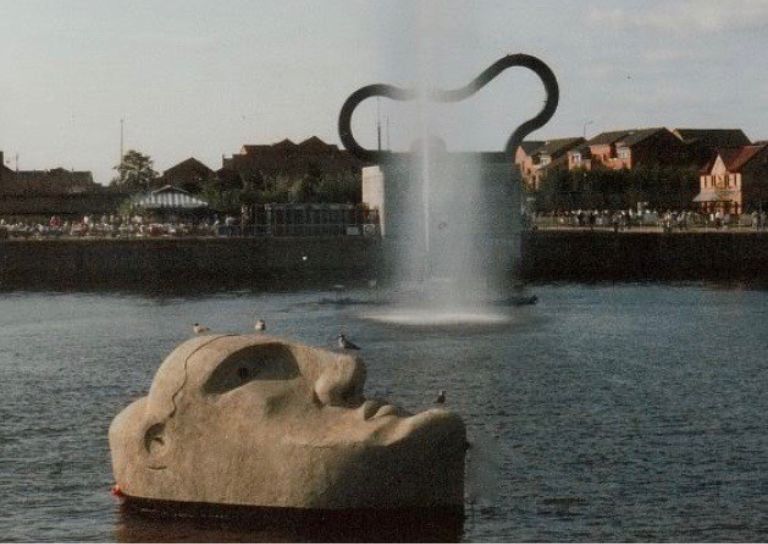
- The story behind Paisley Abbey’s Alien gargoyle
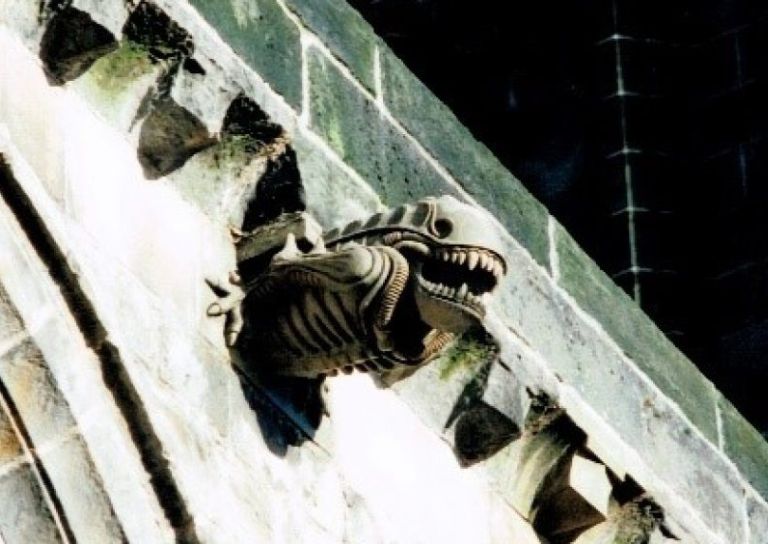
- Cambuskenneth Abbey

- Stirling City Heritage Trust Publications

- Sharing Memories: Taking '20 Great Buildings of Stirling' into the community

- William Wallace Statues In Stirling
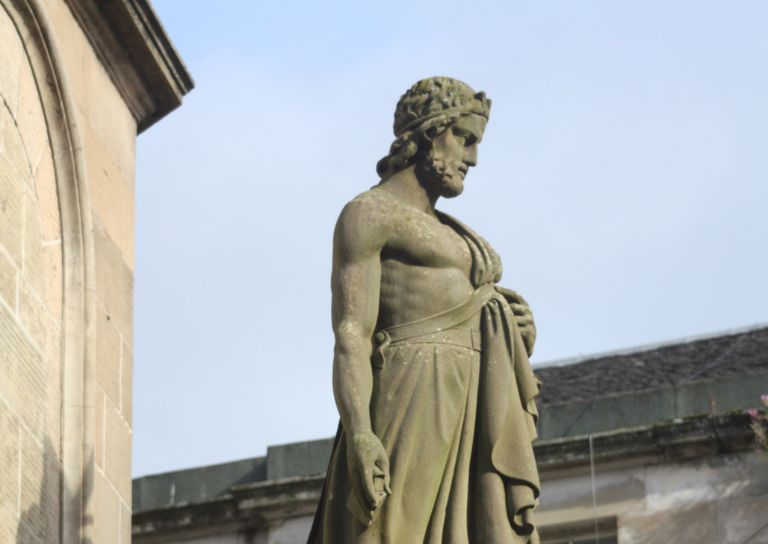
- Coronations and Royal Christenings in Stirling
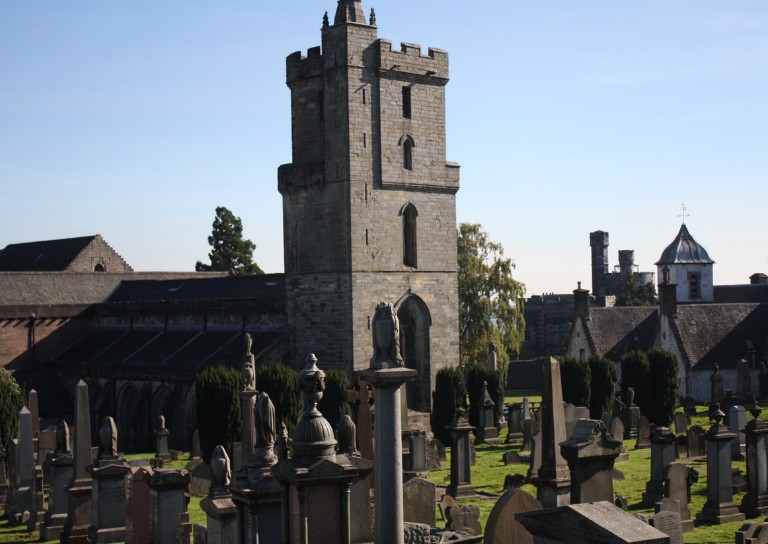
- The development of King's Park
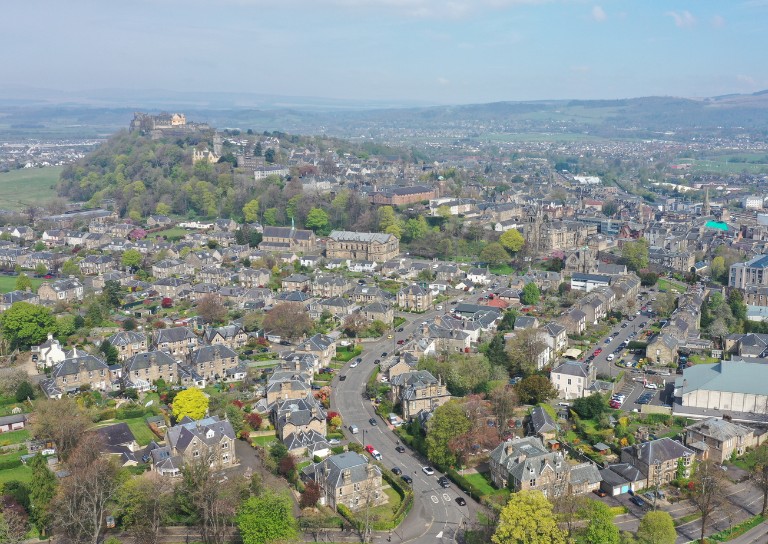
- Energy efficiency project awarded grant from Shared Prosperity Fund
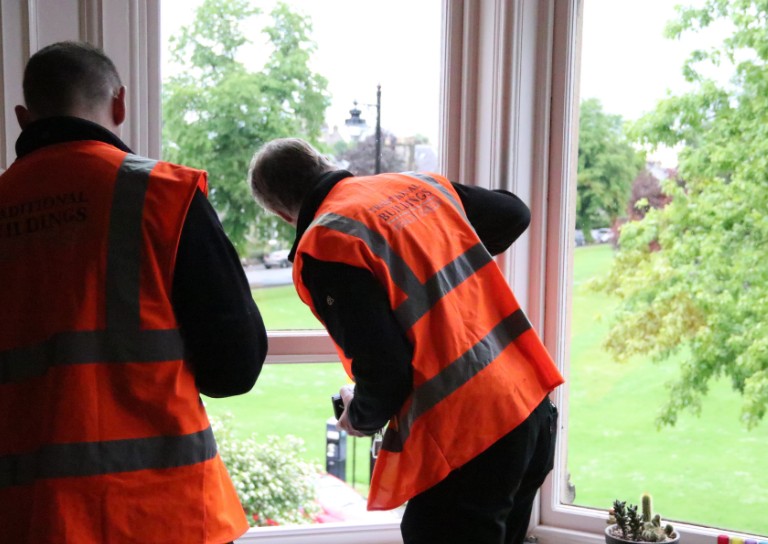
- Inspiring the Future: Stirling City Heritage Trust's Women in Construction Event at Wallace High
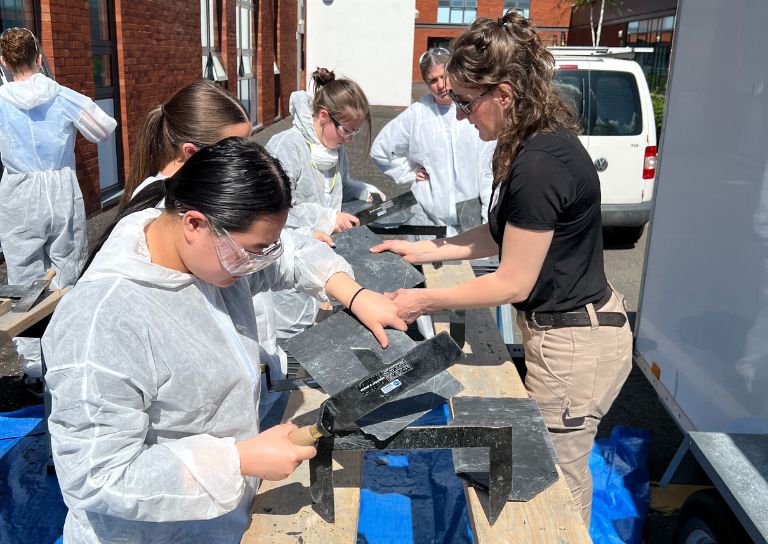
- Doors Open Days Talk: Who Built Stirling?
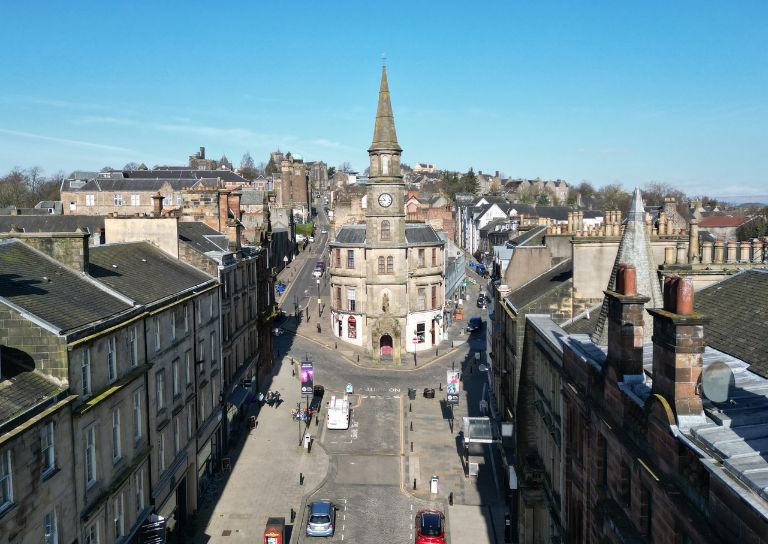
- 10 Years of the Traditional Buildings Health Check
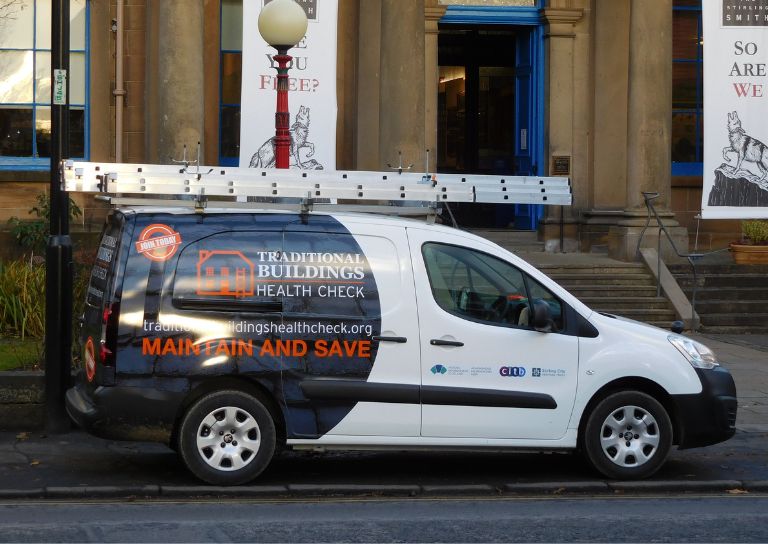
- Growing up in Stirling: A Night of Reminiscence at The Smith
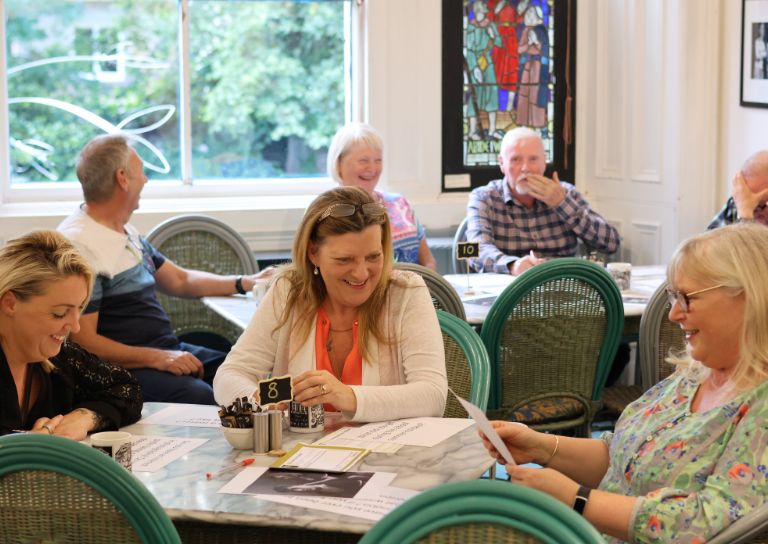
- SCHT visit to Brucefield Estate, Forestmill, Clackmannanshire
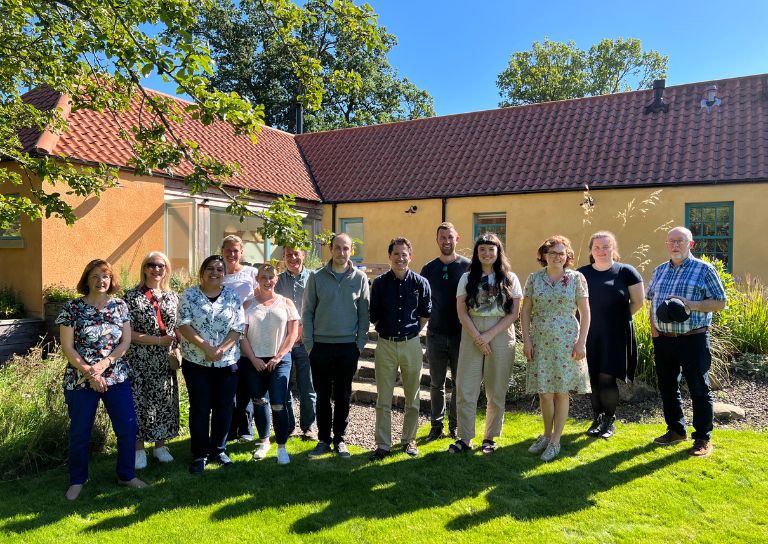
- Statement on Christie Clock
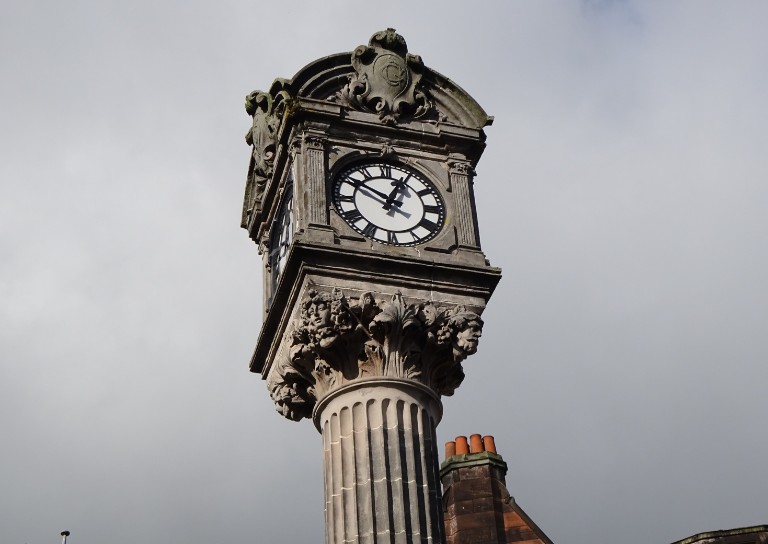
- Stirling’s Lost Skating Heritage
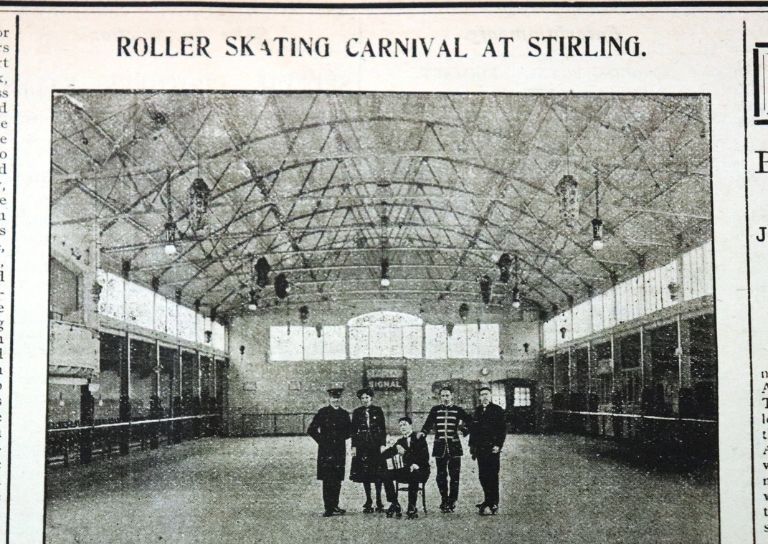
- Laurelhill House and the West Indies
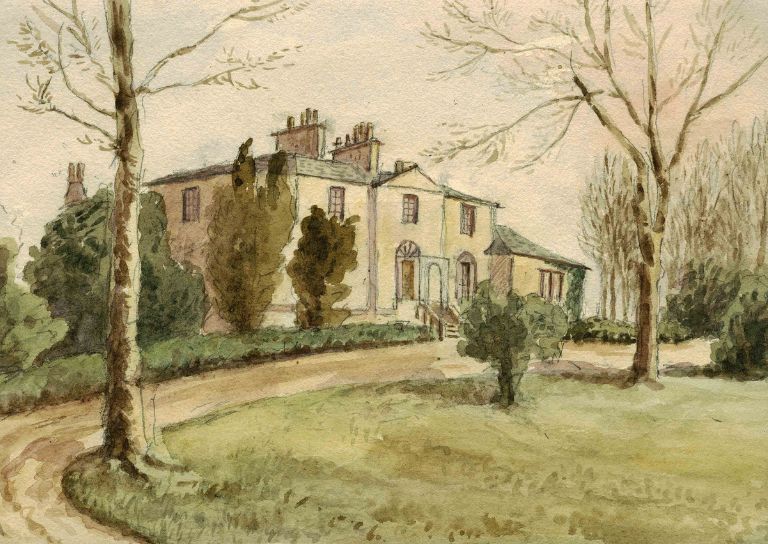
- Beechwood House and the Transatlantic Slave Trade
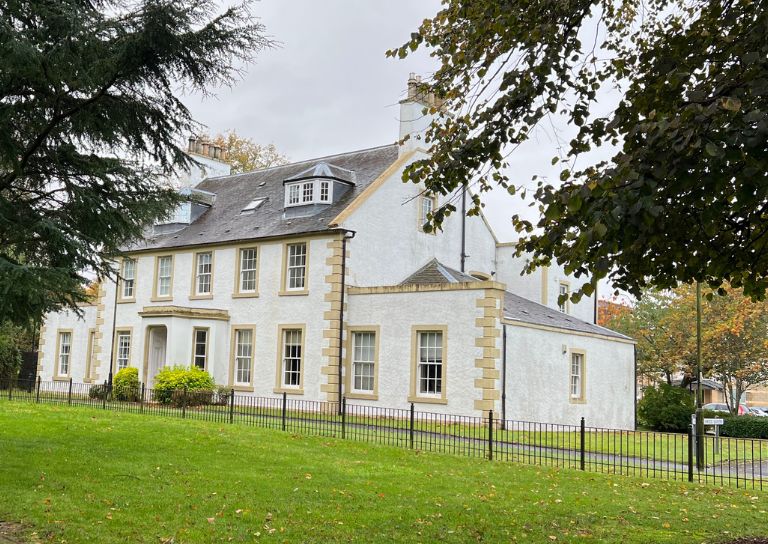
- Retrofitting Traditional Buildings
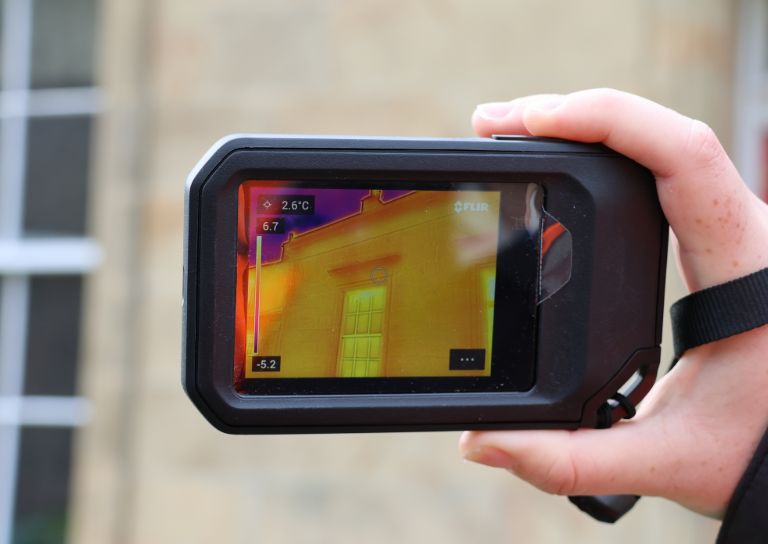
- Building Resilience: Maintaining Traditional Buildings
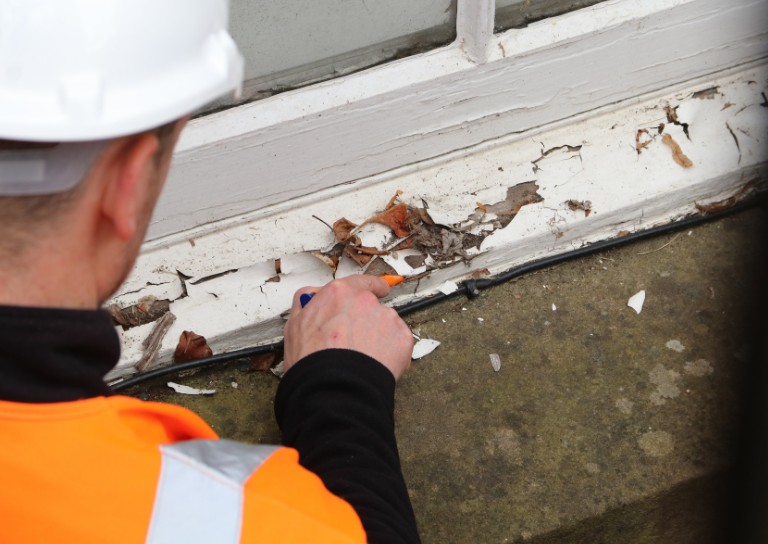
- Shopping Arcades
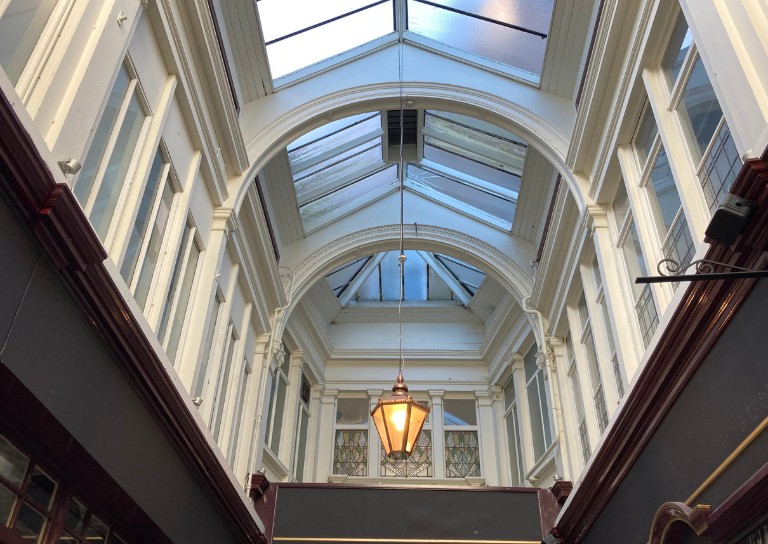
- Retrofitting Traditional Buildings: Fabric First
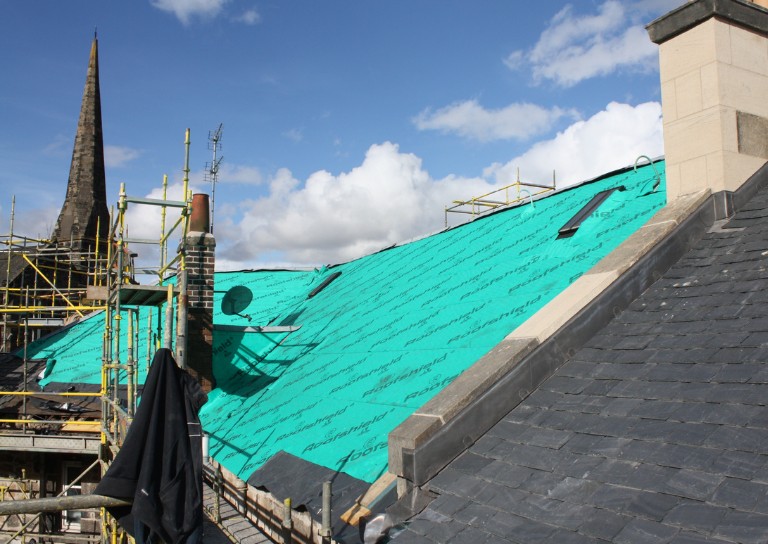
- Stirling Reminiscence Box
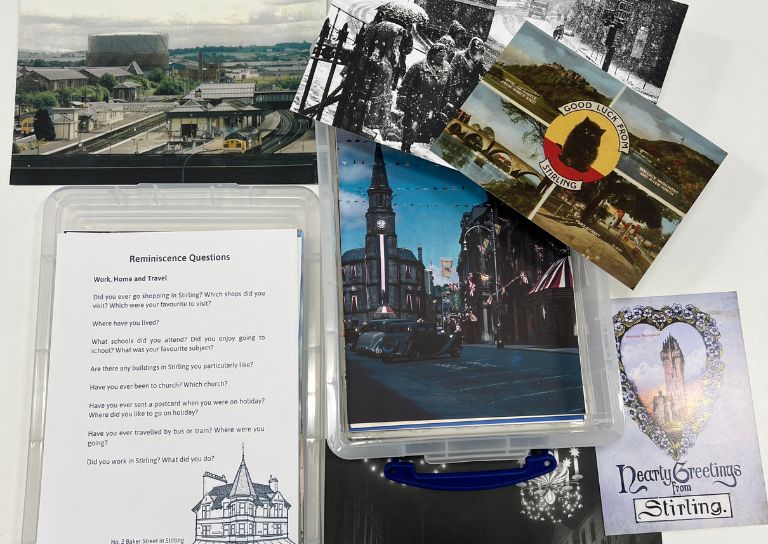
- Level 3 Award in Energy Efficiency for Older and Traditional Buildings Retrofit Course (2 Day)
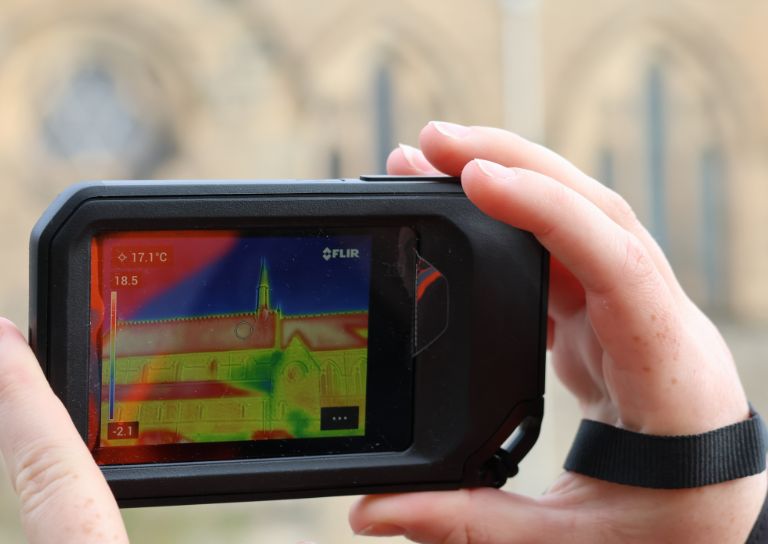
- New Retrofit Service now available for Traditional Buildings Health Check Members

- Retrofitting Traditional Buildings: Windows
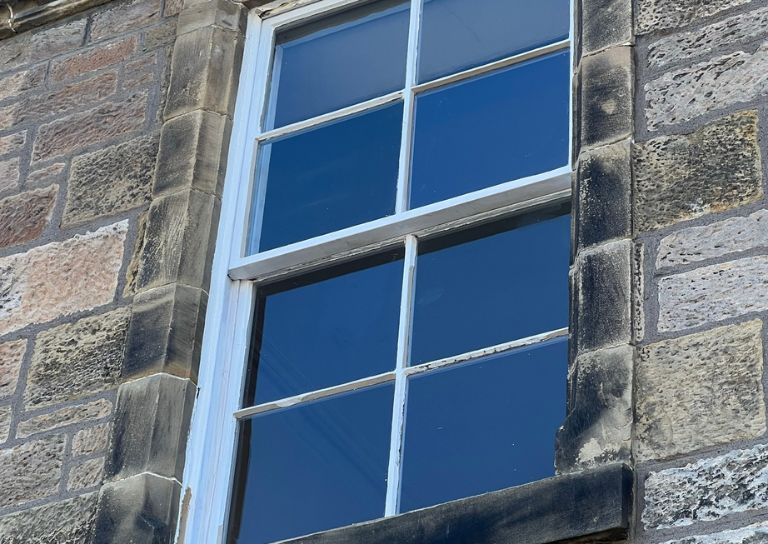
- Architects and The Thistle Property Trust

- Retrofitting Traditional Buildings: Insulation
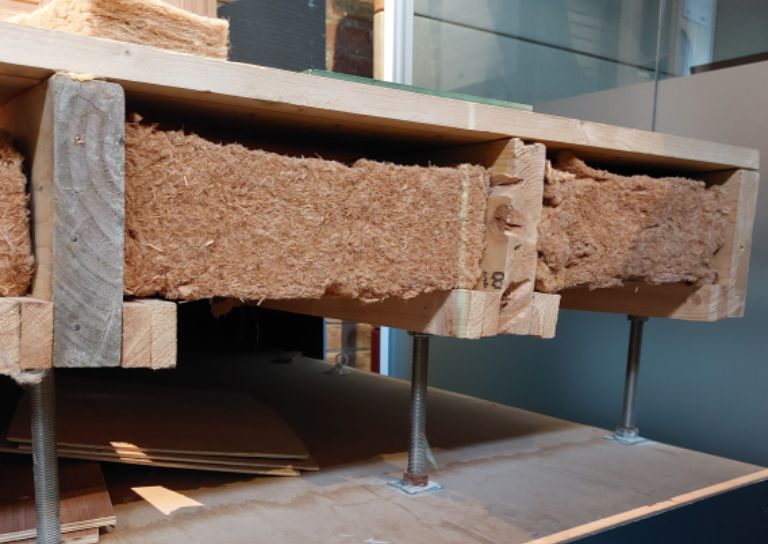
- Stirling City Heritage Trust at 20
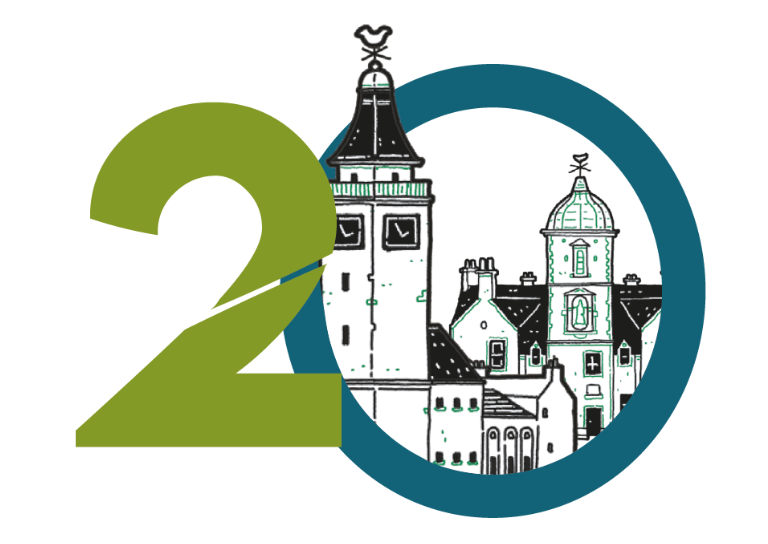
- Miss Curror and the Thistle Property Trust
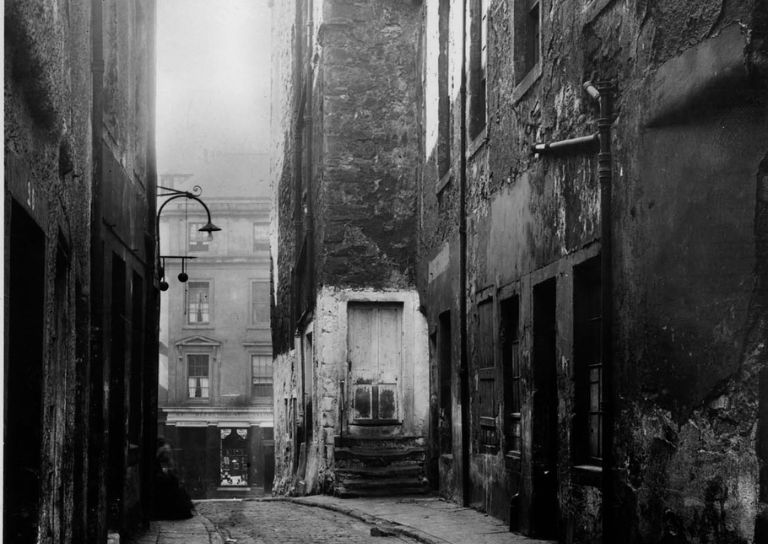
- Retrofitting Traditional Buildings: Chimneys
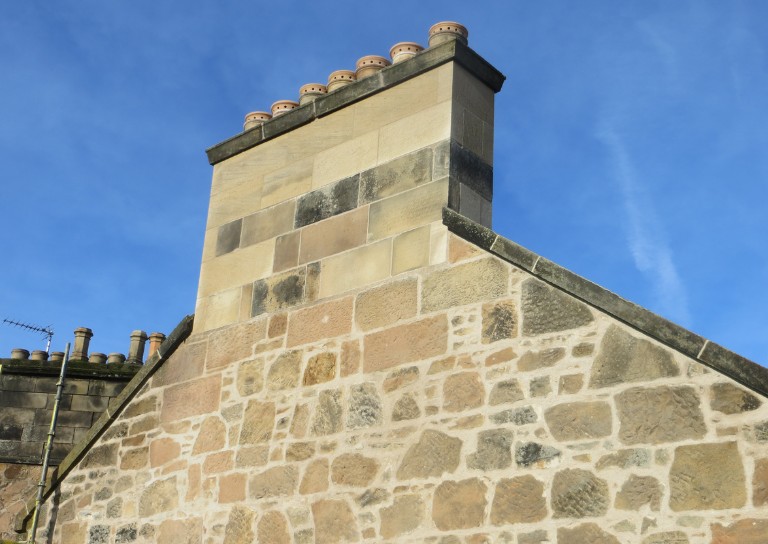
- Statement on Langgarth House

- World Heritage Day: Exploring Hayford Mill
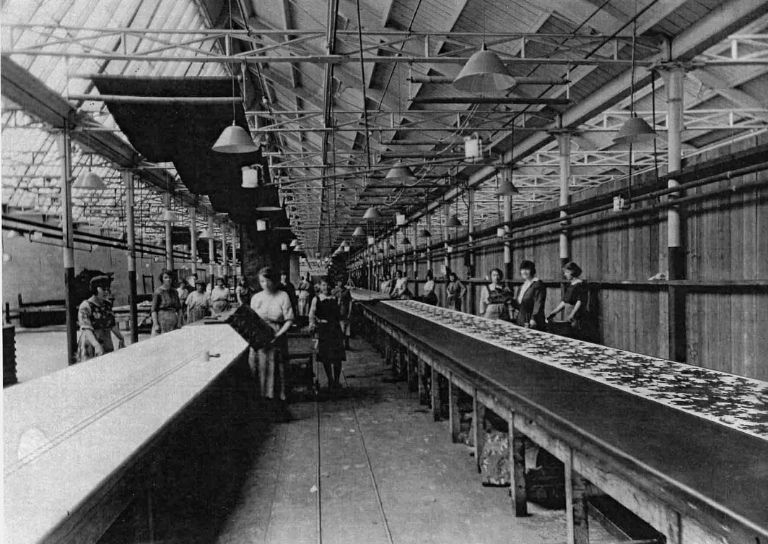
- Retrofitting Traditional Buildings: Climatic Adaptation
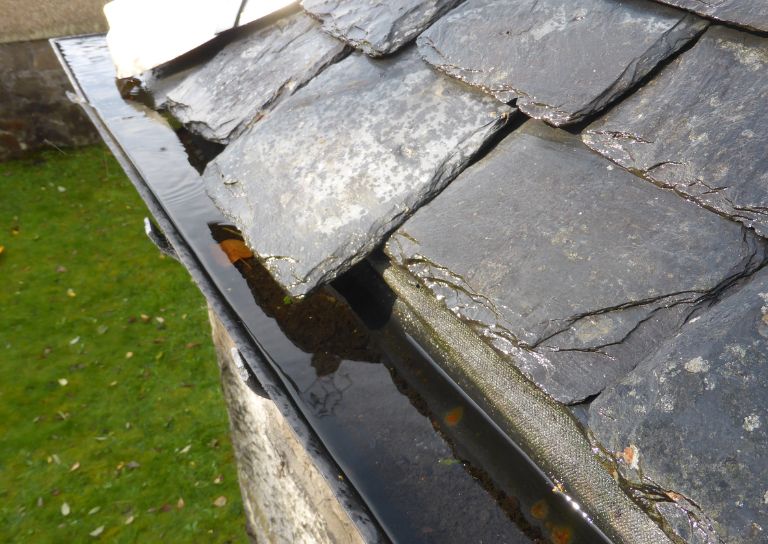
- SCHT 20: Championing Women in Construction
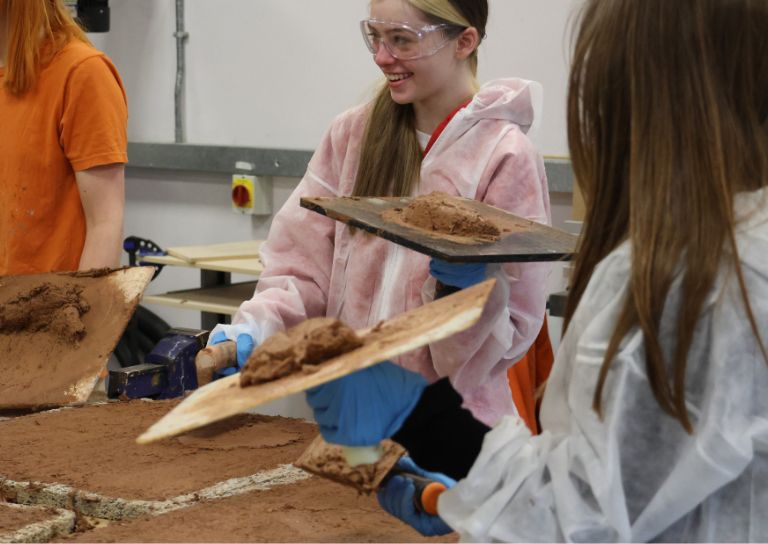
- Guest Blog: Dementia Friendly Heritage Interpretation

- Community Consultation launched for Stirling’s Heritage Strategy
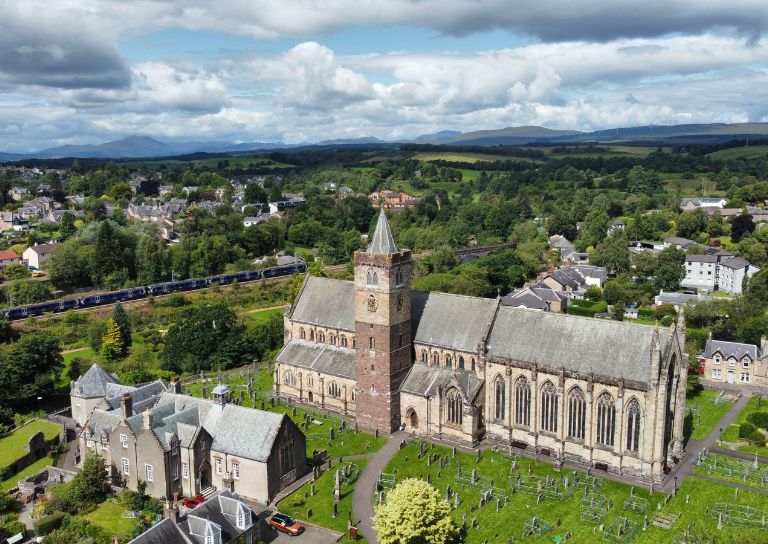
- Stirling's Lost Swimming Pools
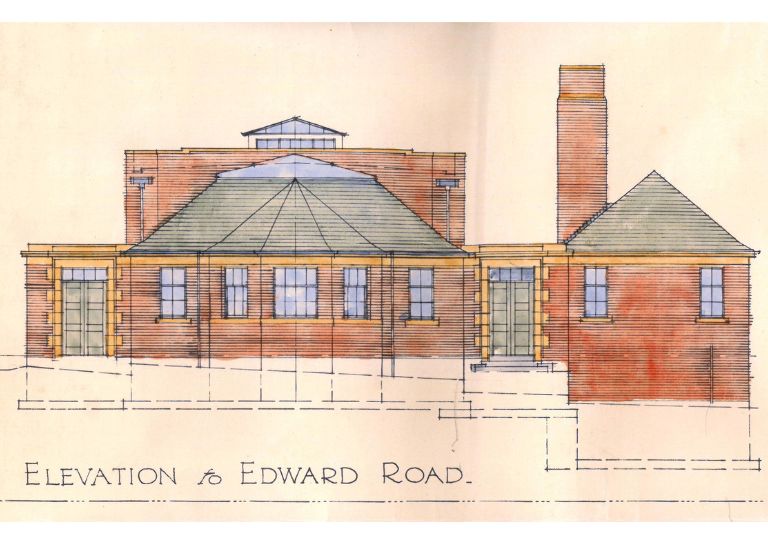
- SCHT Grant Conditions: Owners Associations
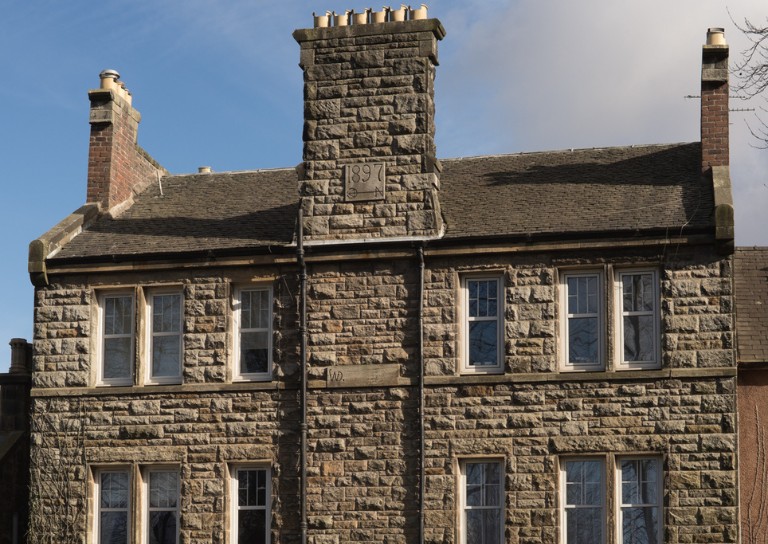
- Kings, Wolves and Drones: 20 years of care and repair at Stirling City Heritage Trust

- SVE Inspire Awards September 2024
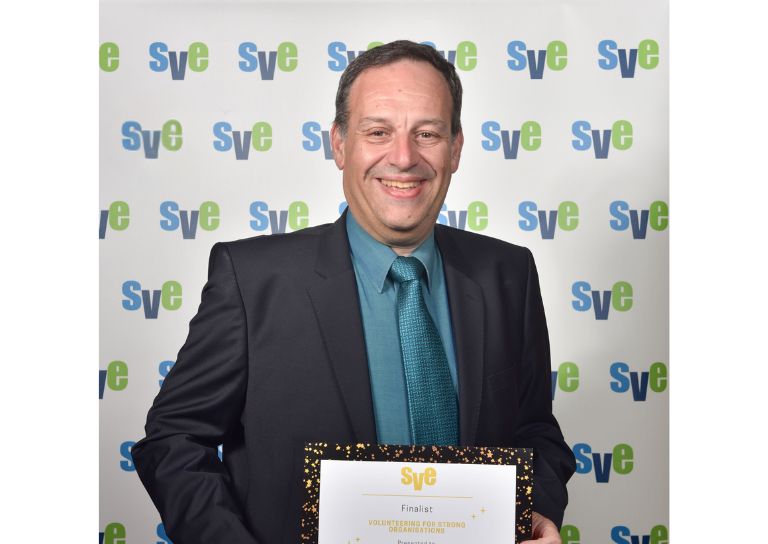
- Women in Construction at Bannockburn House
- About Us
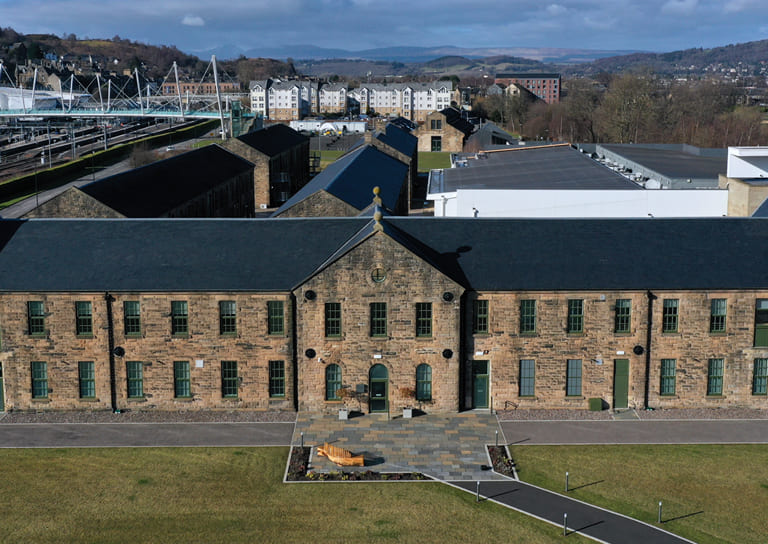
- Support Us
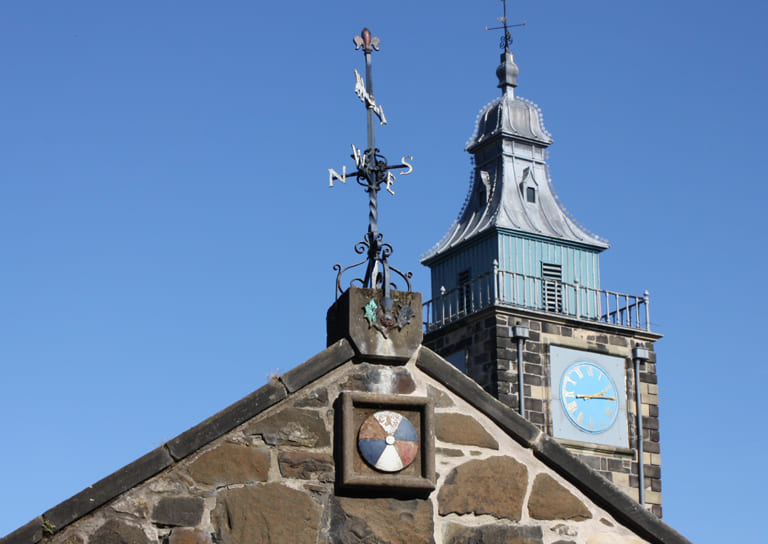
- Contact
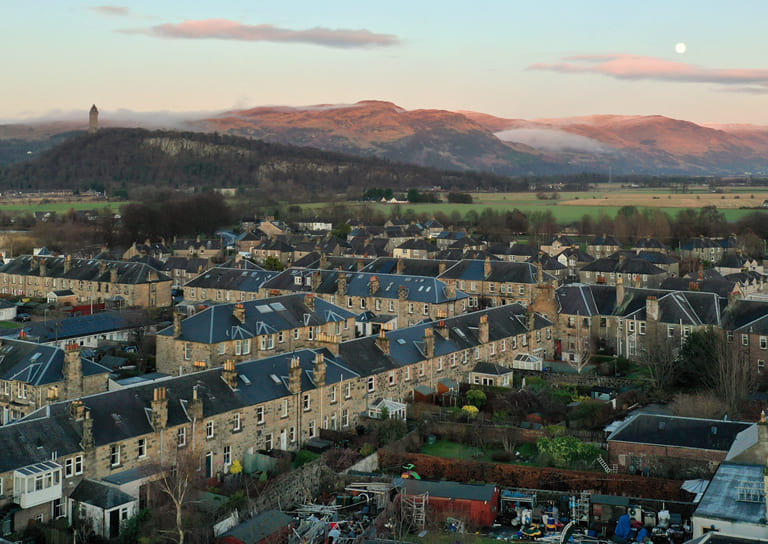
Stirling’s Historic Graveyards

Cemeteries and graveyards are excellent places to learn about the development and history of their surrounding areas, and can offer up a wealth of information for those interested in social history. In fact, some were even designed with tourists in mind.
Whilst going for a wander through an old graveyard may not be some people’s idea of a pleasant way to spend an afternoon, they have an important place in our cities as green spaces, and the monuments within them are protected and preserved, so are of interest to architecture nerds and social history enthusiasts alike.
Holy Rude Kirkyard
The Kirkyard which still surrounds the Church of the Holy Rude at the Top of the Town served as Stirling’s main burial ground until the 1850s. Apparently, the north side of the kirkyard was considered unfashionable, so the poor were buried here without gravemarkers. It’s strange to think that there are many more unmarked graves here than there are graves marked by stones or monuments.
Holy Rude Kirkyard contains a variety of styles and types of grave marker, including some very early gravestones from the 17th and 18th centuries. Keep a look out for carvings of skulls, winged sandglasses, and winged faces. These symbols reminded the graveside visitor how fleeting life is. The phrase ‘Memento Mori’ is also a common feature of these older stones, meaning ‘remember you must die’, a reminder that we are all mortal.
Valley Cemetery
By the 1850s Stirling’s population had boomed, and the Kirkyard of the Holy Rude was horribly overcrowded. A new graveyard had to be found for Stirling’s citizens, so the Valley Cemetery was opened in 1857 at the foot of Stirling Castle, but it soon outgrew this new location and was extended into the neighbouring Mar’s Wark Garden.
Similar to Edinburgh’s Dean Cemetery or Glasgow’s Necropolis, the Valley Cemetery was designed to be an attractive place to take a walk after visiting the Castle. There were paths for visitors, as well as statues, and the people buried there were wealthy enough to afford larger high-quality gravestones. An ornamental drinking fountain even supplied water to visitors, surrounded by 3 statues of important figures from the Presbyterian Church.
Ballengeich Cemetery
By 1888 the Valley Cemetery was almost full as Stirling’s population continued to grow so Ballengeich Cemetery was created after Mar’s Wark Garden quickly reached capacity. This cemetery’s design was plainer and more practical in comparison to the Valley Cemetery, as it has no additional statues or ornamental landscaping. As in Holy Rude Kirkyard, a large open area was also used to bury the poor in unmarked graves.
Snowdon Cemetery
In 1915 Stirling Council purchased Snowdon House and its grounds (see image above), which they subsequently demolished to make space for Snowdon Cemetery. Only the boundary walls and part of the gate-house and gatepiers remain. Before it was demolished rumours had long circulated in Stirling that Snowdon House was haunted. Secret passages were also said to have linked the House to the Castle… but it was built in the 1820s so these rumours were probably false. Snowdon Cemetery opened in 1924 and is the most modern of Stirling’s historic graveyards, and it contains a number of graves from World War 2.
If you’d like advice on how to carry out research in historic graveyards, check out this Historic Environment Scotland publication, the PDF is free to download here.
For more information on the interesting gravestones in Holy Rude Kirkyard and the Valley Cemetery, known collectively as the Old Town Cemetery, click here.

